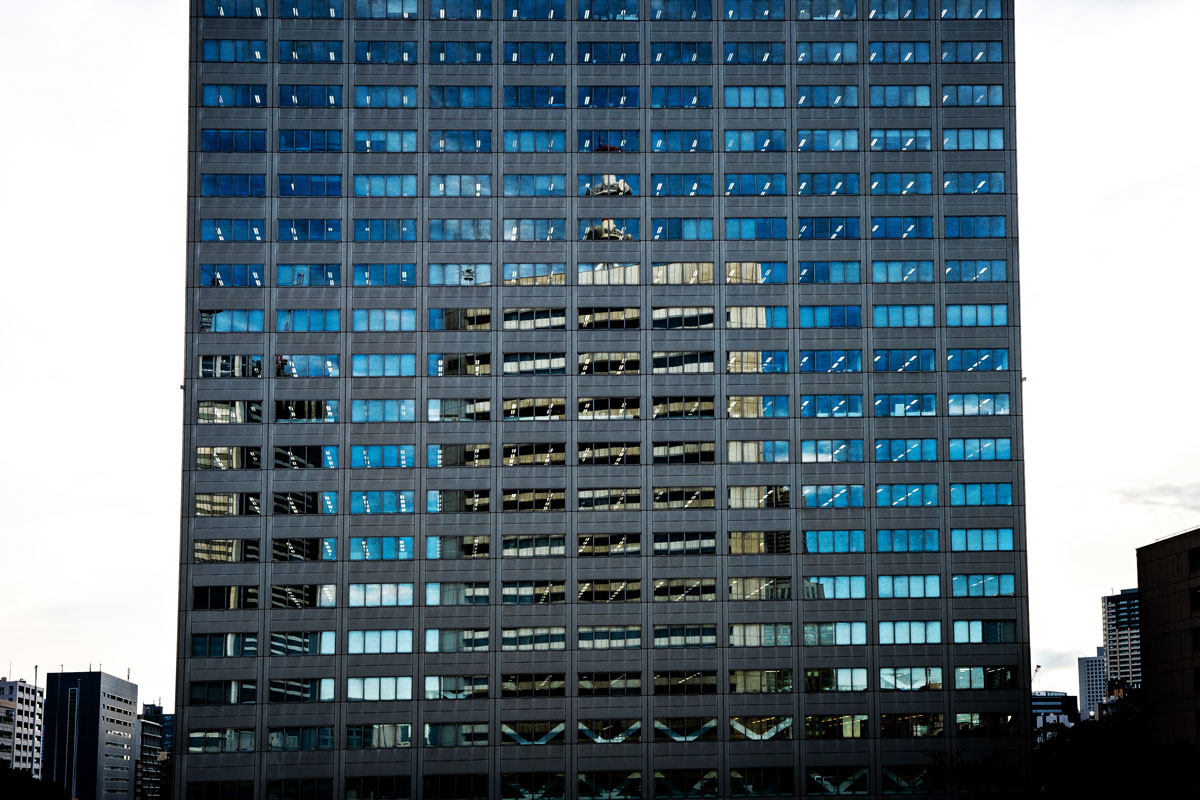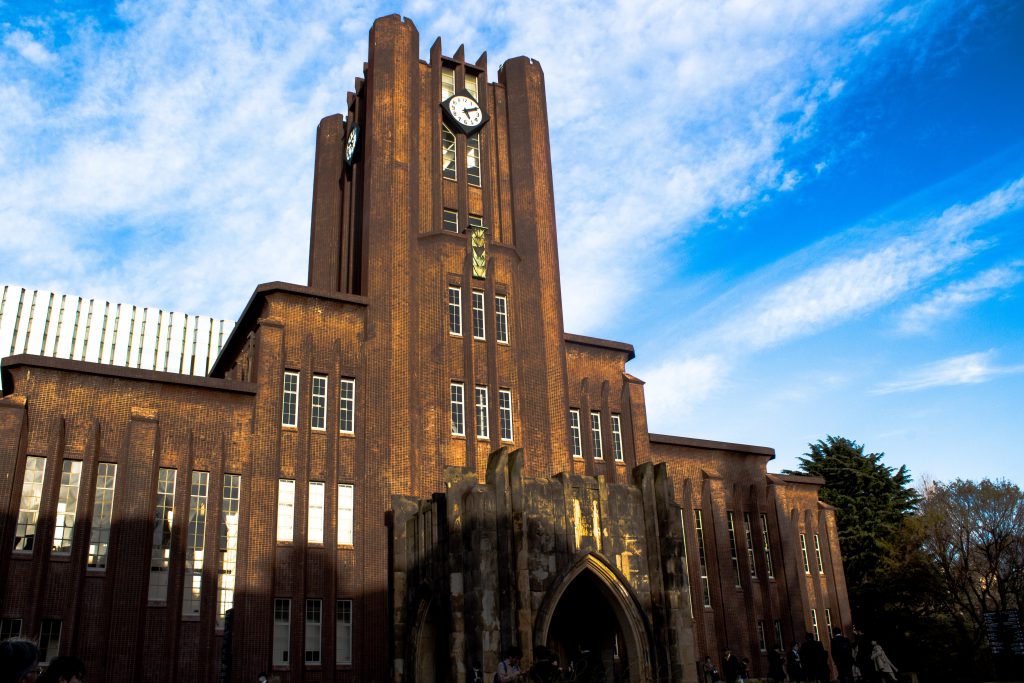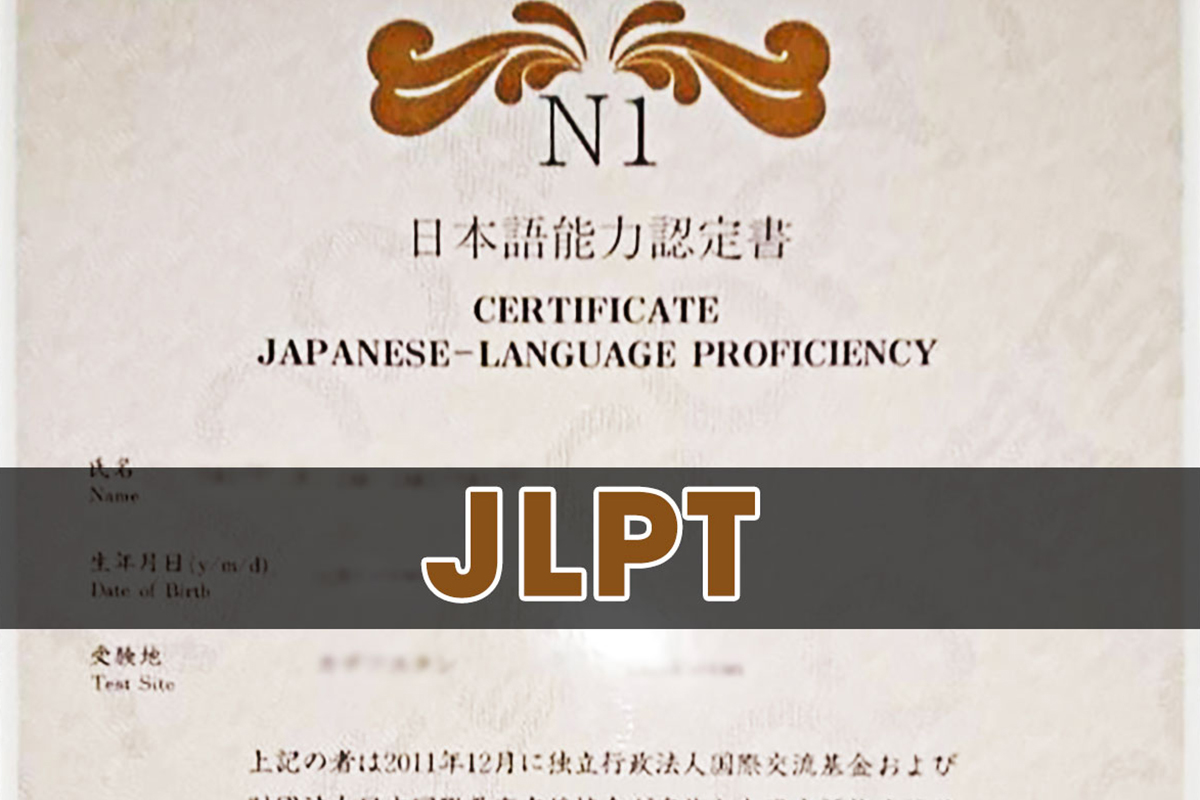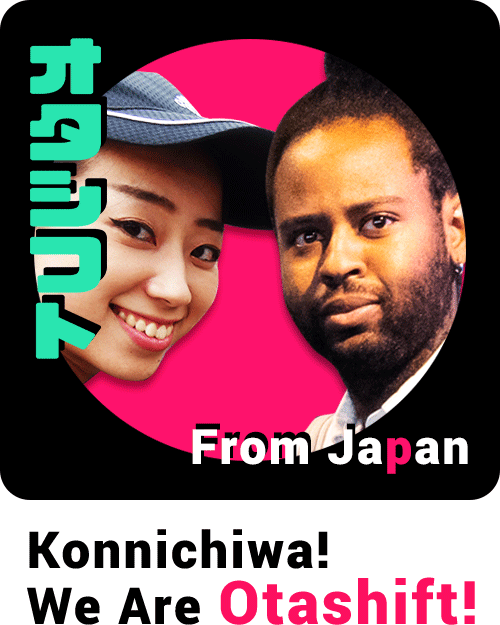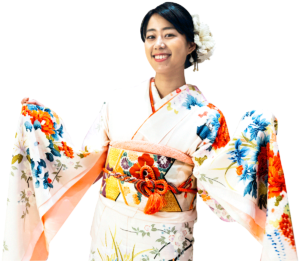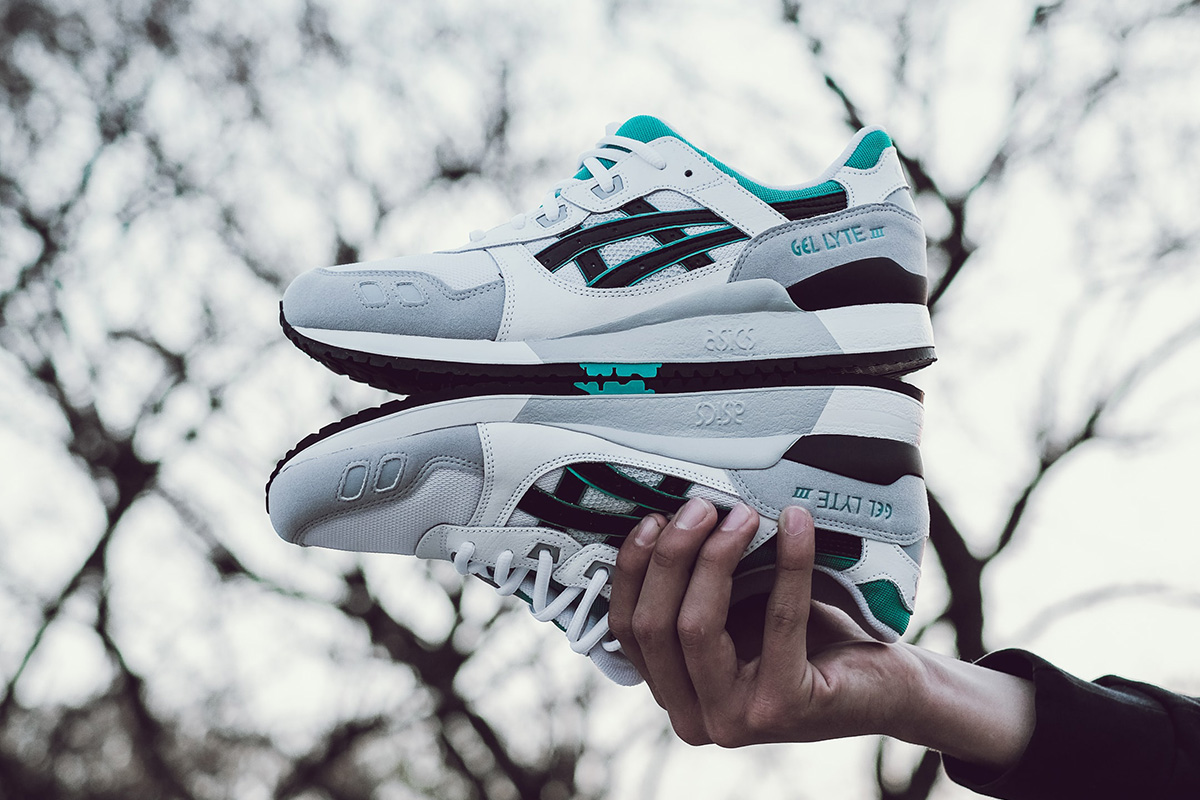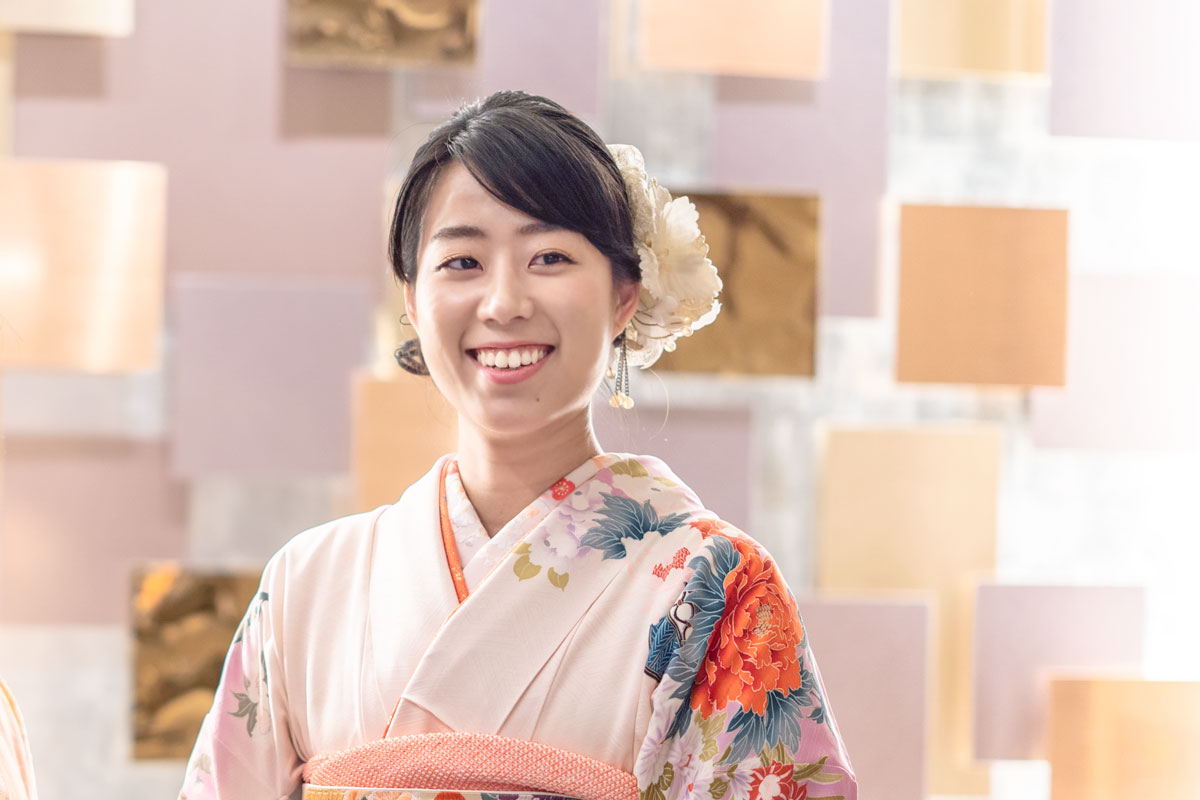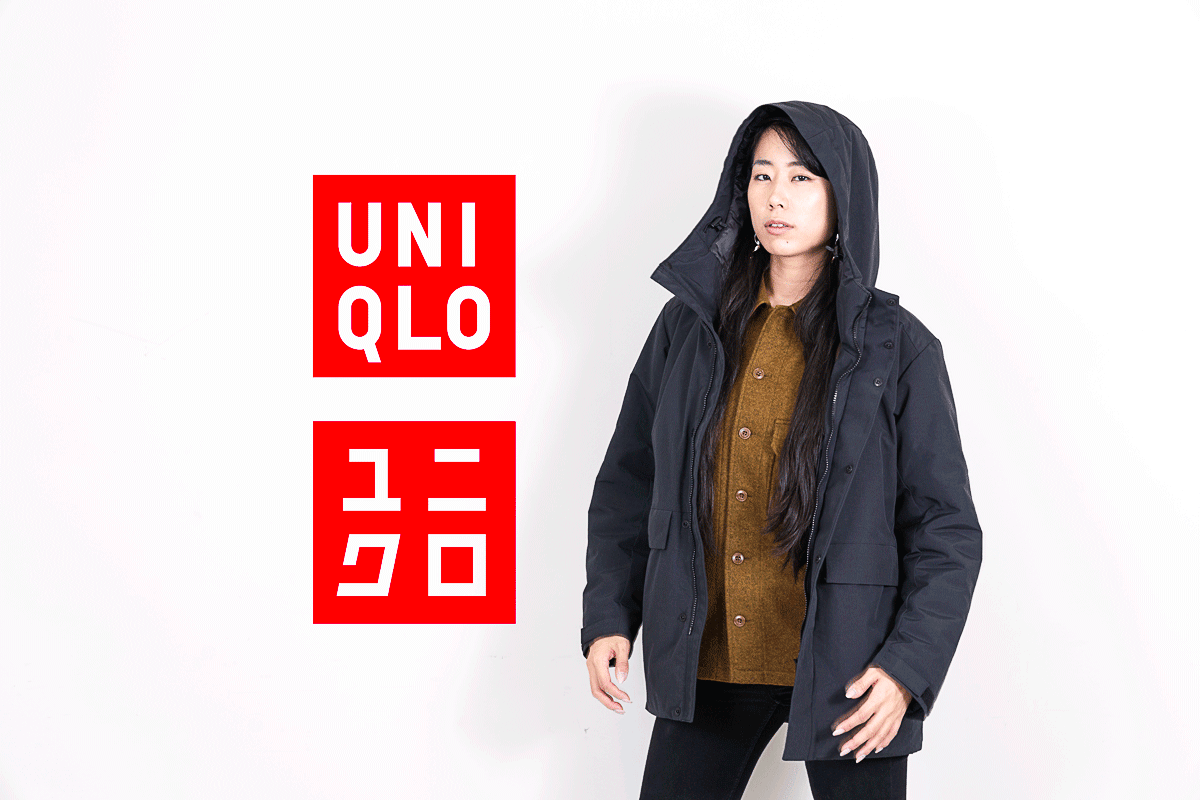Moving to a new country can be a really daunting task. This is especially true when moving a country such as Japan which is relatively far from everything and seems to operate in a way different from the rest of the world. To add to that, Japan is outreagously bad at offering services in languages other than Japanese, English included.
If you’re lucky, your company or university will place someone at your disposal who speaks Japanese and will go help you through all the basic things you need to survive once you’ve just arrived. If not, I’d recommend you make a Japanese friend first thing when you arrive.
Here, we aim to introduce Japan to those who are about to move, or those who have just arrived. When living in a country, there are a few things you should know such as how the government works, what cultural aspects and beliefs guide people, and how to get some of the necessities to survive like opening a bank account and getting a phone. Here’s all of that, and more.
RELIGION IN JAPAN
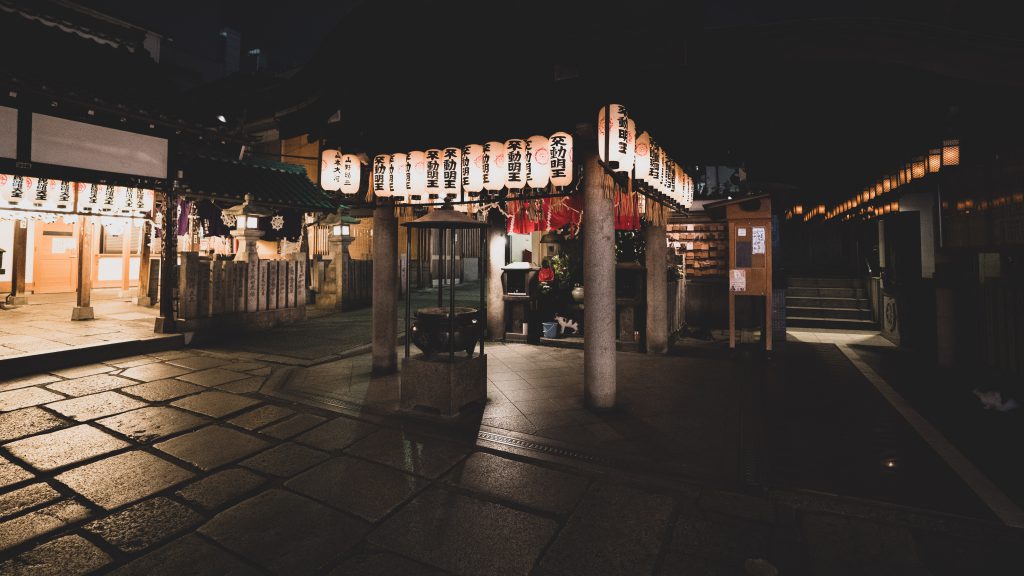
Traditionally, Shintoism is the main religion in Japan. It’s an animistic religion which devotes itself to various spirits and has a heavy focus on nature and rituals which connect humans to those spirits. It was the main religion until Buddhism made its way from China into Japan and branched out into many Japanese specific sects, which also borrowed from Shintoism.
Religion in Japan is an interesting subject. Polls will generally state that somewhere around 20 to 30 percent of adults actively practice their faith. Of those 51% claim to be Shinto, 44% claim to be Buddhists, and around 1 percent are Christians. Five percent of the population belongs to other religions, including around 100,000 Muslims, the large majority foreign born.
These numbers are not that simple, however. In Japan, it is common to claim to follow a certain religion, while not believing in it, and participating in it culturally only. In addition, most Japanese will follow both Shinto and Buddhist rites in cultural events and holidays, while claiming to belong to only one of those.
This lack of religiosity is in part due to the Second World War. In the years during, and prior to the war, the emperor was not only Japan’s leader, but also a divine figure, a god among men. The emperor’s lineage was redacted to trace back to the gods that created Japan, giving him divine right over the land and people. After the war, religion was seen as a way to control the people because of this, and many gave away its practice, though many remain superstitious to an extant.
All in all, religion plays a minor role in everyday life in Japan. A large majority of people do not practice any, and if they do tend to do so very privately. The lack of religiosity in Japan does not mean that they are unfamiliar with world religions. In fact, many Japanese go to religiously affiliated schools and universities. Otashift’s Mona for example, although not religious, went to a Buddhist high school. May go to Jesuit universities, as well. In addition, there is access to places of worship for most major faith groups in large and medium size cities, as well as non-denominational prayer rooms in various malls.
JAPANESE FOOD
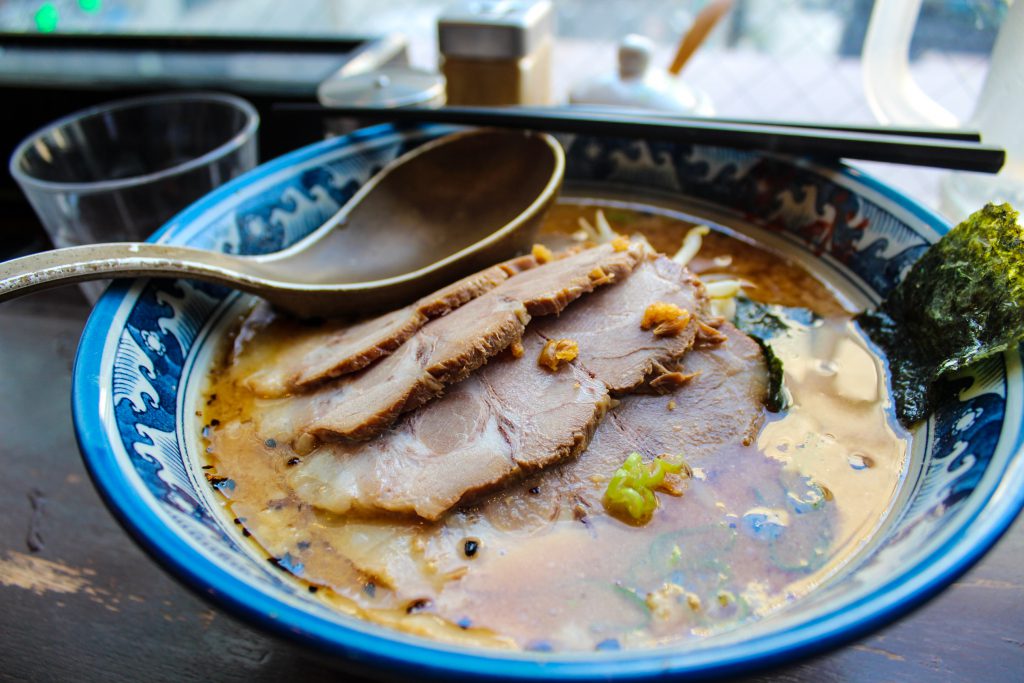
Japanese food is serious business. Japan is considered, along with the likes of France to have one of the most complex and refined cuisines in the world. Food in Japan is often borderline obsessive. Chefs spend decades as apprentices under a masters before they can be considered worthy of opening their own restaurants, and even then, will prey on honing their skills to perfect meticulous details to make the food ever so slightly better.
While Japanese cuisine has become extremely hip all over the world, thanks to the likes of sushi, and the very inventive bowls of ramen you can find in the artsy cities the likes of Berlin and Seattle, among other, Tokyo itself has hands down become the food capital of the world. Not only does it have the most Michelin restaurants in the world, it’s also home to an exciting food scene with cuisines from all-over the world.
Japanese food itself is stereotypically very ingredient-driven and espouses a philosophy of using the best ingredients and processing them as little as possible. Because of agricultural restrictions, there isn’t much variety in vegetables, and a heavy focus on root vegetables, almost akin to cold European countries. Rice is the main staple, and it’s rare for a meal to not be accompanied by rice, or a rice-derived product. Noodles are also very common, often borrowed from Chinese cuisine, and western style bread is also very popular.
Japan also uses a lot of pickling and fermentation, as a result of needing to preserve ingredients in the past. In addition, the archipelago’s cuisine is rich in fish and sea-food. Japanese food is generally very healthy and balanced, but can be low in calories for those looking to bulk up, or who do heavy labor.
Vegetarians and especially vegans in Japan a decade or so ago would have had a hard time. Almost no dish is made in an animal-free way. These days, though, vegan restaurants are common in Japan, and grocery stores carry more and more variety of plant-based foods. Last resort: there’s always the import food store.
One of my favorite things to do while traveling to different places in Japan is to try the local specialty, as well as the local variety of a dish eaten throughout. Each region, and sometime city will have their local ramen variation, for example.
EDUCATION IN JAPAN
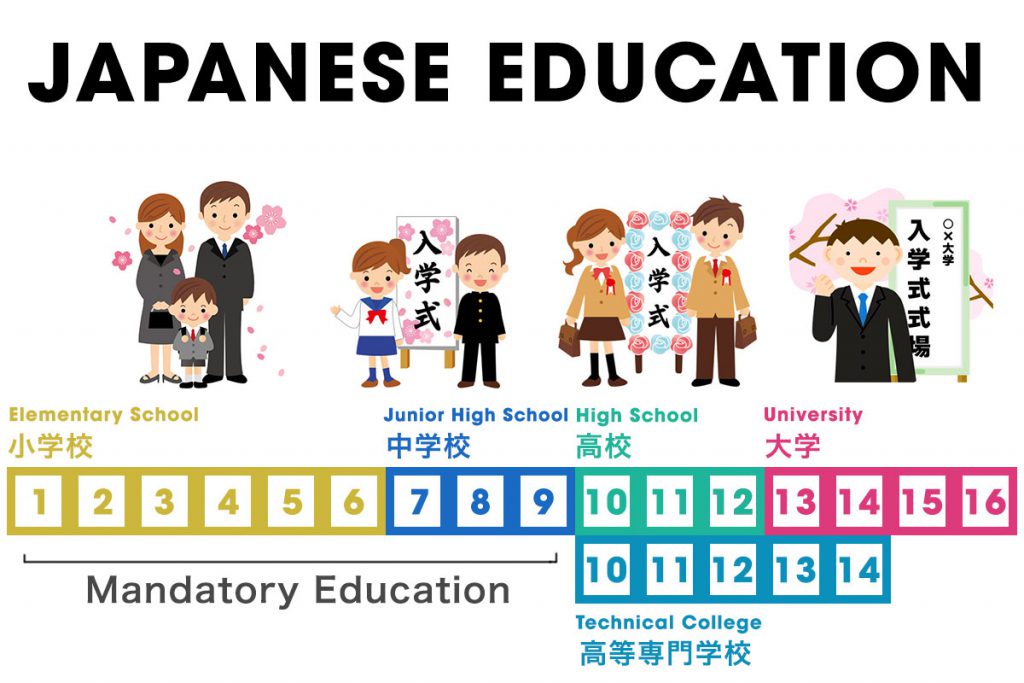
The Japanese education system is split between elementary school (six years), junior high school (three years), high school (three years), and tertiary education (two to three years for junior college, four years for university). Mandatory education is only up to junior high school, although most go on to high school, or technical high schools. During mandatory education, school books are free and provided by the school. There are both public and private schools, although there isn’t much difference between the two. Additionally, entering high school requires students to pass an entrance exam. Higher rated schools are harder to get in, resulting in students spending much of their last year of junior high school studying for exams. In Japanese education, there is no grade skipping.
The Japanese school system has a big focus on making children independent and responsible. Japanese school children will walk to and from school in groups based on locality, clean the school themselves, and cook and serve their school lunch all on their own with the help of teachers. There is also a mandatory uniform all the way up to university. This sailor uniform made famous by anime will additionally include sports wear and school bags.
High school in Japan is infamous for the workload and university entrance preparation. Extracurricular activities are often undertaken in the form of student organized clubs, which can be sport related, activity, or hobby based. Students studying for entrance examinations will often stop club activities to study during their last year. In addition, many will go to gakushu juku (学習塾) or juku for short. These are cram schools where they study for university entrance examinations.
The Japanese university system is loosely based on the US one. It lasts four years during which students are expected to take major and foundation classes, as well as a year of seminar or research on a specialized topic during their last year. Most student spend a large portion of their last year job-hunting.
Check our article on studying abroad in Japan for more information on the University system.
JAPANESE POLITICS
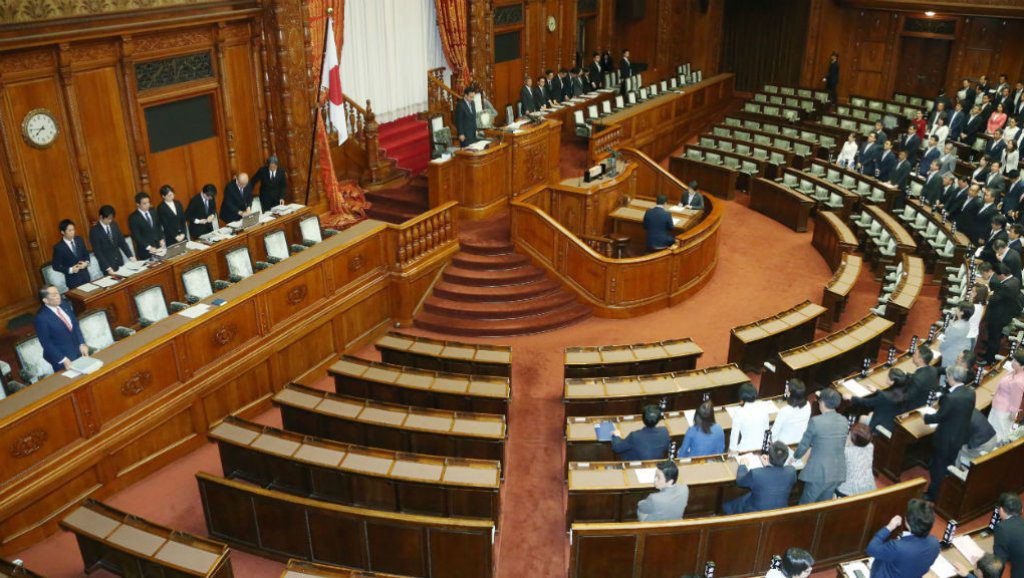
Japan is a parliamentary constitutional monarchy, somewhat similar to the United Kingdom. Although there is an emperor, he mainly performs ceremonial duties and holds no real power. The government is split into the typical trias politica model described further below. The Japanese, especially the younger ones are not very politically active and will not usually engage in political debate, or be very knowledgeable of their own political system and news.
LEGISLATIVE BRANCH
The legislative branch is called the National Diet and consists of an upper house, the House of Councillors, and a lower house, the House of Representatives. The House of Councillors has 242 members, 146 of which are directly elected by constituents of one of the 47 prefectural districts they belong to, and the remaining 96 from party-list proportional representation. Only half of the seats are subject to election each cycle.
The House of Representatives has 465 of which 176 are elected from party list proportional representation and 289 directly by constituents in a first past the post system. This is the more powerful of the two houses.
EXECUTIVE BRANCH
The Cabinet of Japan is headed by the prime minister (currently Shinzo Abe), who is nominated by the Diet and appointed by the emperor. The Prime Minister then appoints Cabinet Ministers, a majority of whom must be members of the diet, including the Prime Minister himself.
JUDICIAL BRANCH
The Supreme Court of Japan is the highest court which deals with interpreting the constitution and can declare laws passed by the Diet as unconstitutional and void. The Chief Justice is appointed by the emperor, after nomination by the Cabinet, while associate justices are appointed by the Cabinet. Associate justices are subject to a people’s review shortly after their appointment. If they do not receive enough votes, their tenure is terminated. They also have a mandatory retirement age of 70.
JAPANESE CONSUMPTION TAX
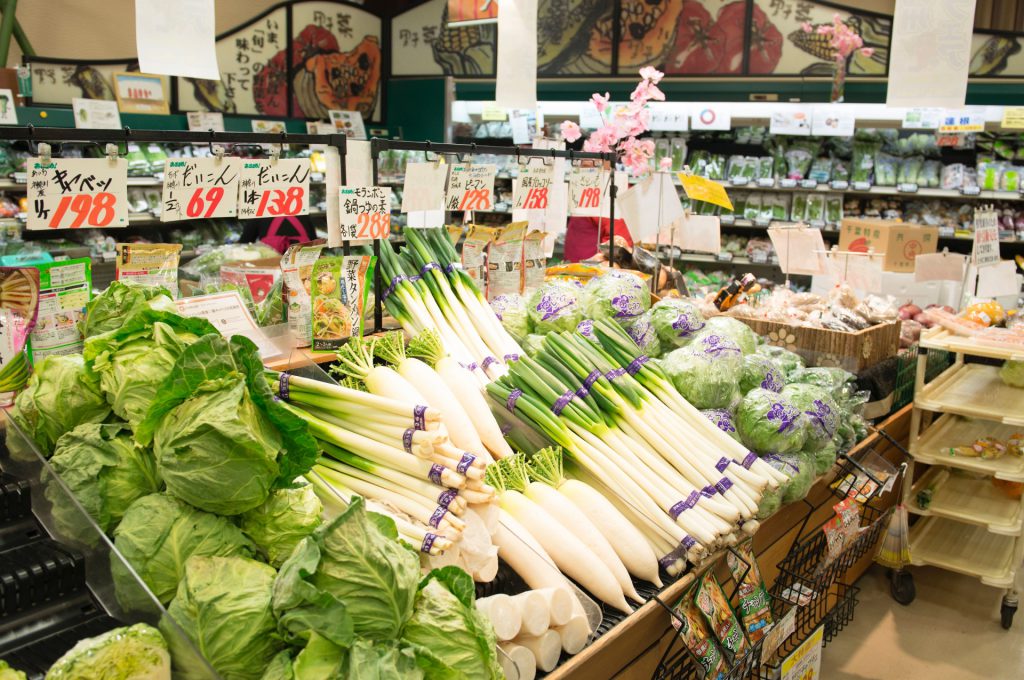
In Japan, there is a flat 10% consumption tax on everything you buy (at the time of writing). This means everything you buy has had 10% of its original price added to it, except certain items which are taxed at 8% (explanation below). There are a few exceptions such as luxury items which will be taxed higher. The price listed in supermarkets will often have the full price with tax included listed below the original price, so make sure to double check before purchasing something if you’re low on cash in your wallet.
From the 1st of October 2019, the consumption tax was raised to 10% from 8%. Below are the exceptions:
1. FOOD AND BEVERAGE

The consumption tax rate for food items, such as vegetable, meats, snacks, etc will remain at 8%. However meals consumed at a restaurant will be taxed 10%. Drinks with an alcohol percentage over 1%, considered non-essential foods will be taxed at 10%, as well. In addition, medicine will also be taxed at 10%, which is something a lot of people protest.
Here are some complicated examples:
- Whisky filled candies with 2 to 3.5% of alcohol = 8%
- Cooking wine (not drinking) or mirin (sweet rice wine used as a base for sauces) with 1% or more alcohol = 10%
- Pet food = 10%
- Mineral water in a plastic bottle = 8%
- Tap water = 10%
- Ice for cold storage = 10%
2. NEWSPAPER
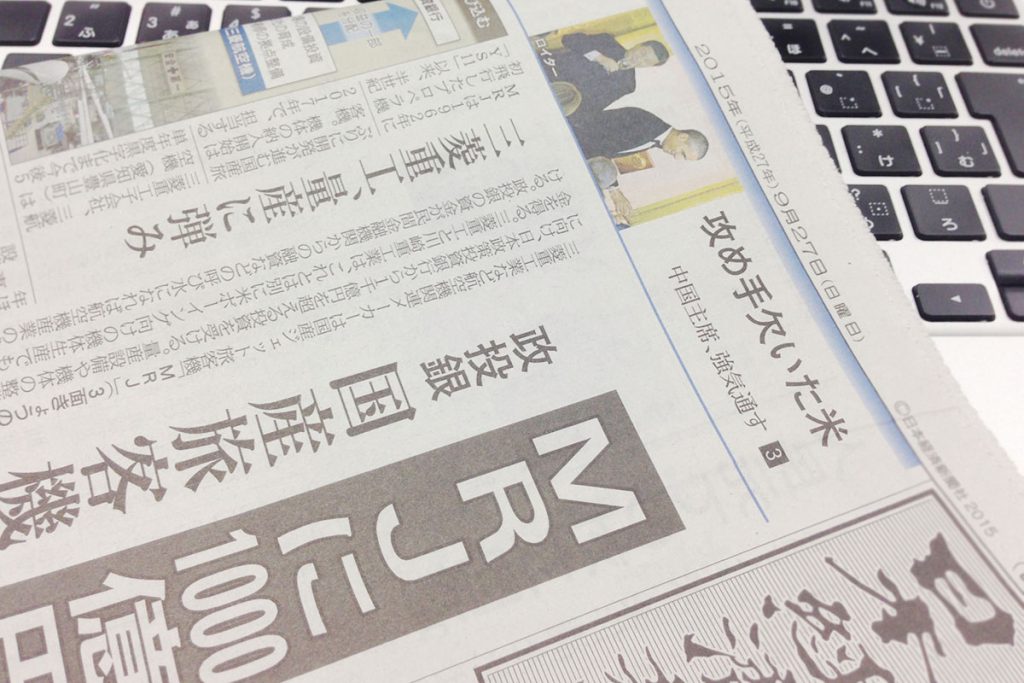
Newspapers you are subscribed to and receive over twice a week will retain their 8% consumption tax rate. Those you buy at the convenience store will be taxed 10%.
JAPANESE BANK ACCOUNTS

If you are to live in Japan, you will need a Japanese bank account. This is be needed to receive your work salary, pay for bills, send and receive transactions, and simply store your money. There are various banks, some can be found all over the country, others are local banks which you would struggle to find outside your prefecture, or even city. Either way, in this day and age, simply stashing you cash under the mattress won’t do. Japanese banks can be a little tedious to deal with, but there isn’t much choice but to learn to deal with them.
Most bank ATMs in Japan, with the exception of those inside convenience stores are not open 24 hours a day. Hours differ based on the branch, but don’t generally expect them to be open past 7 p.m. on a week day.
WHICH JAPANESE BANK IS THE BEST?
This is entirely contextual. If you live in a major city, it doesn’t matter much and any of the main banks should work. If you live in a smaller town, you may not have access to the larger banks. Additionally, if your job uses a specific bank, they may ask you to open an account with that bank.
JAPAN POST BANK
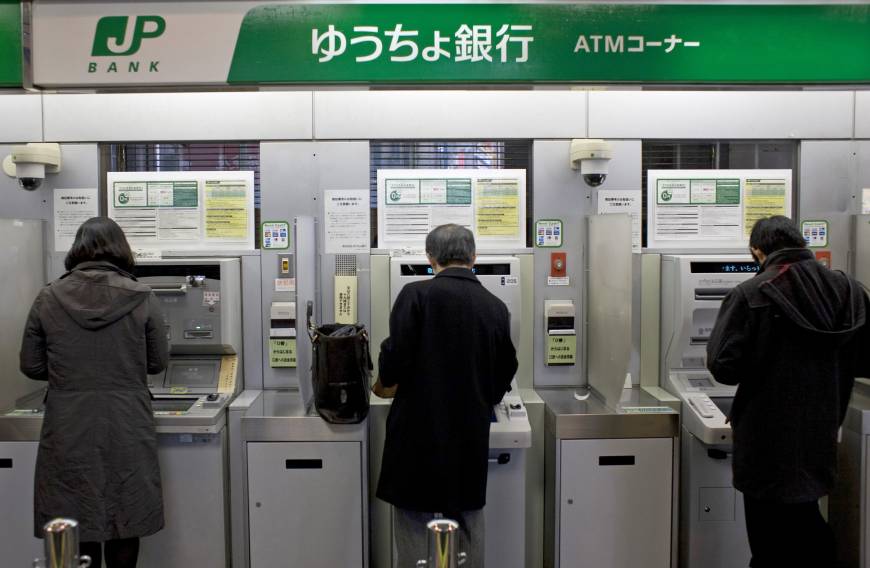
I personally use, and am fully content with Japan Post Bank (ゆうちょ銀行, Yuucho Ginko). Their ATMs have English translations for basic services, there are no fees for basic services, and they are present in pretty much every single locality.
SHINSEI BANK
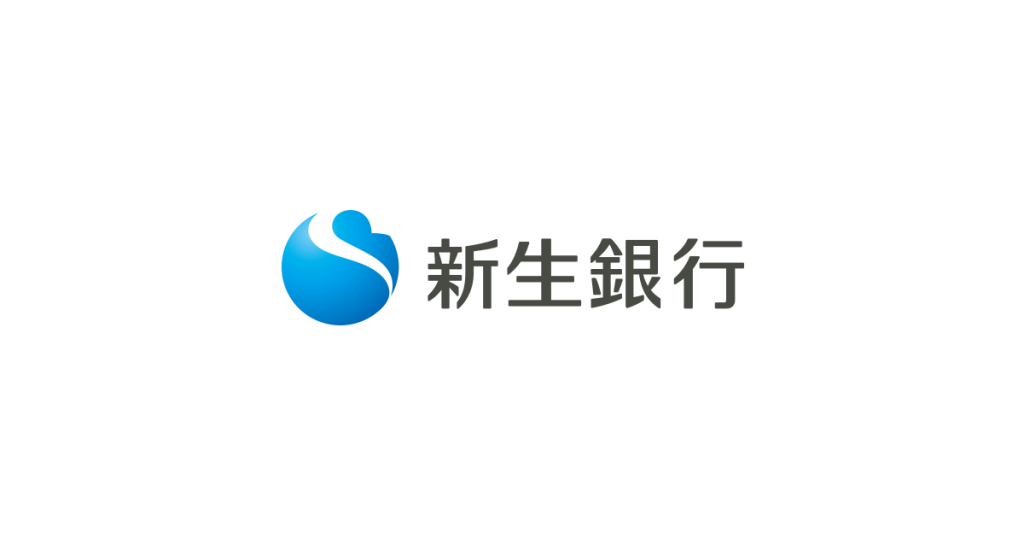
Those in major cities throughout Japan whose priority is a bank with full English support can use Shinsei Bank. They have a limited number of branches, especially outside the Tokyo area. However, they have online banking with English support, if that is what you fancy most. Click here to apply for a Shinsei Bank account.
MUFG BANK & SUMITOMO MITSUI BANKING CORPORATION (SMBC)
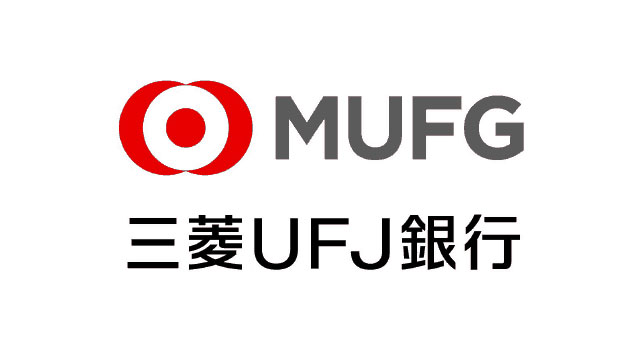
The mega-banks, for those who are in larger cities, and would like to have an easier time doing transactions abroad include Sumitomo Mitsui Banking Corporation (SMBC, 三井住友銀行). In addition, MUFG (Mitsubishi UFJ) Bank, Japan’s largest bank is especially useful for those who travel in South East Asia often as many branches are present there. In addition, they both provide the option of receiving a debit card at the time of opening the account.
7-BANK
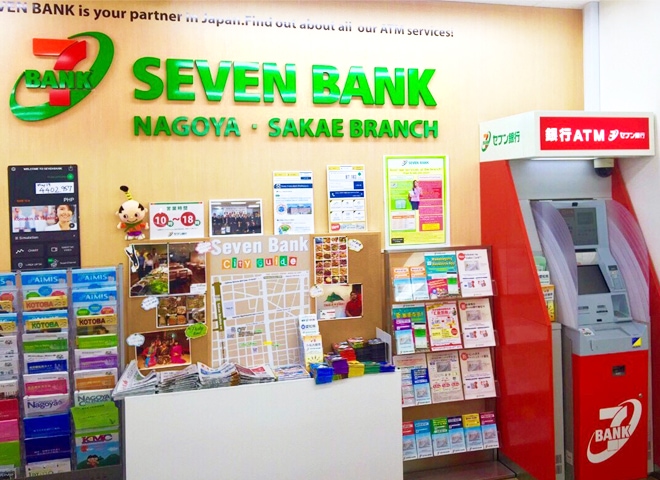
7-Eleven have started their own bank called 7-Bank. In addition to my Japan Post Bank, I have also opened an account with them for a few reasons. 7-Elevens are absolutely everywhere. It’s rare to find a square kilometer without at least one. Each of those 7-Elevens have an ATM, which are open 24/7 seven days a week, every day of the year. In addition, the account comes by default with a debit card, which I need to make online purchases. Bank cash cards do not allow online purchases. Click here to open a Seven Bank account.
Most banks will only give you a cash card which only allows you to take out cash, and use the ATM’s functions. Applications for debit and credit cards are separate. It can be quite difficult to get a credit card as a foreigner. I’d recommend you keep your account from home open and use the card that comes with it, as credit cards are useful for many purposes, such as phone contract. These days, however, as Japan is trying to go cashless, getting a debit card takes a matter of minutes at the time of opening you account.
Online banking is an option with pretty much all banks. They’ll generally have an app which allows you do banking from your smartphone. However, unless you’re fluent in Japanese, it’s pretty useless.
GETTING A MOBILE PHONE IN JAPAN
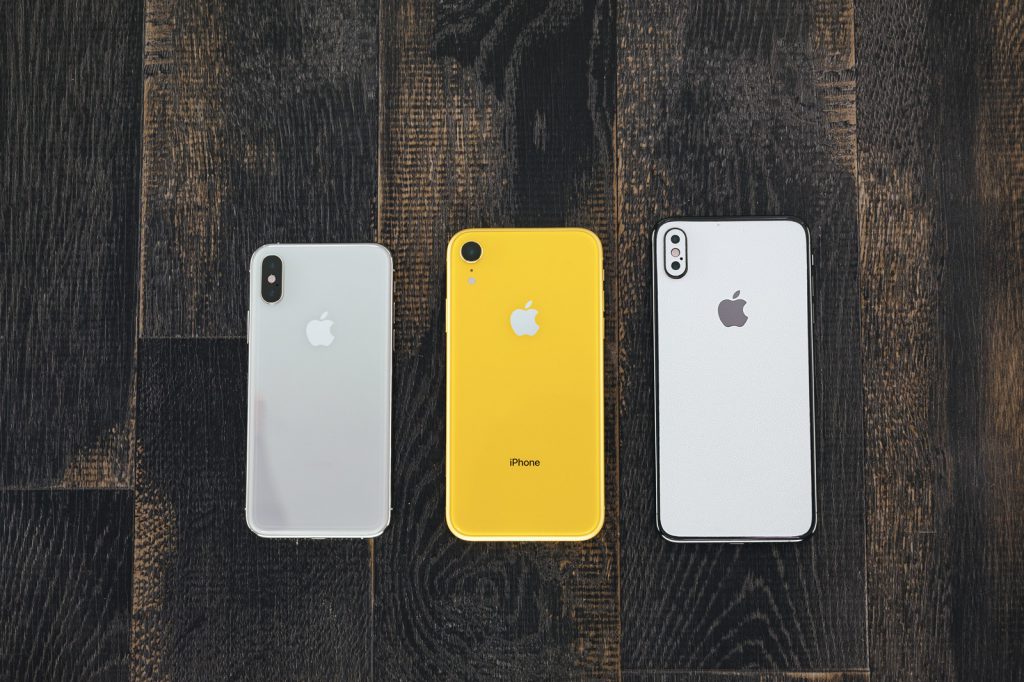
Mobile technology is dominant in Japan. Many here do not own computers, as almost everything is made to cater to mobile phones, sometimes, painfully so. Many services in Japan require a Japanese number to be provided. Although you might fancy just bringing over your phone from abroad into Japan and using publicly available wifi, you will need a working Japanese number to get a lot done. Depending on your cell phone, it might be compatible with Japanese phone provider’s sims. Unlocked iPhone all work by default. For other phones, the broadband is often incompatible, and you’ll need to purchase a Japanese cell phone.
WHICH JAPANESE MOBILE SHOP IS THE BEST?
In Japan, 3 mobile shops have the lion’s share of the market: docomo, au and softbank, which have their own wireless network infrastructure. Since several years, electrical communication law has been changed and now other operators that are MENO (mobile virtual network operator) the wireless network infrastructure over which they provide services to their customers, offer many choices of plans with SIM cards.
In general, if you want to have a contract with docomo, au or softbank, you must buy a cellphone unless it’s an iPhone. If you’d rather just use your own phone, it’s best to just get a SIM at a MENO. On the other hand, there is a service called “Kekohoudai (かけ放題)” which gives you unlimited calls and isn’t offered by MENO carriers except for Y!mobile. Also, there are other options such”Packet-shihoudai, Packet-houdai (=パケットし放題)” which give you unlimited data which only the big three companies generally offer.
In summary, if you want to call more than 49 minutes per month, you’re better off getting a Kakehoudai plan from docomo, au or soft bank.
I personally recommend you to get only a SIM card due to lower prices.
DOCOMO
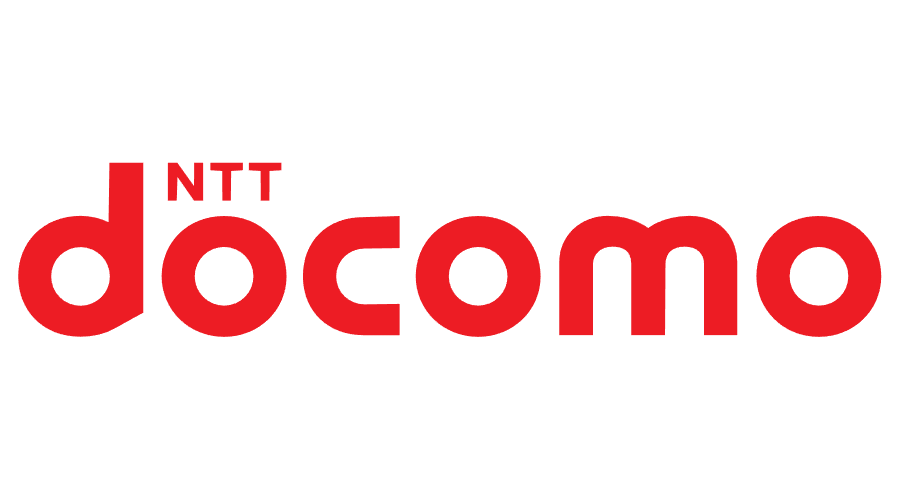
Docomo is the most popular provider and the one with the best coverage throughout Japan. For a plan including an iPhone Xs (64GB), with 1GB of data, you’d pay around ¥7,700/month. Like au, there are other phone options and plans which will allow you to land a cheaper deal.
AU
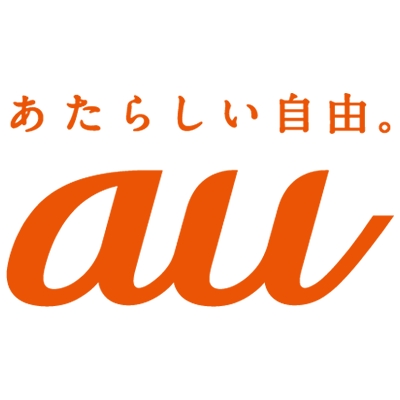
For an iPhone, au has two types of plans an Adjust Plan which matches the amount of data you use, meaning you get a varying bill each month, from ¥1,980/month for up to 1GB of data usage. There is also a Flat Plan where you pay a flat fee from ¥4000 yen/month for 20GB of data. These prices do not include the price of the phone and miscellaneous fees.Checkout all their prices and options here.
SOFTBANK

Softbank’s Ultra GIGA MONSTER Plus plan is especially attractive to those who are often on Facebook, Instagram, Twitter, as well as on video watching platforms like Youtube and Hulu. Those five apps, and others do not count towards your data usage. With a starting price of 3,480 yen/month you get up to 50GB of high speed internet, and a voice plan which can be molded based on how much you call.
THINGS TO CONSIDER WHEN CHOOSING A PHONE PLAN
Phone plans in Japan are ridiculously expensive by western standards, especially for those who live in Europe. When picking a plan, make sure you consider whether you call a lot, or depend on the internet more. As far as the internet are you going to be using a lot of your data or are you often in areas with wifi? Do you want an iPhone or Samsung you can use when you move abroad, or are you content with a Japan-only phone model? If you end up not liking the plan you picked, you can always switch providers, the MNP (my number portability) options allow you to carry your phone over, and some companies will pay for the termination of your contract with the provider you’re switching from.
If you buy a smartphone at docomo, au or softbank, in general, you will have a contract for 2 years, which means you don’t have to pay the entire price of the smartphone but if you want to change the mobile company, you have to pay a canceling fee (which is capped to about $10 by law). Recently the Japanese government pointed it out as a problem so, in near future, this system is bound to change.
WHICH SIM PLAN IS THE CHEAPEST?
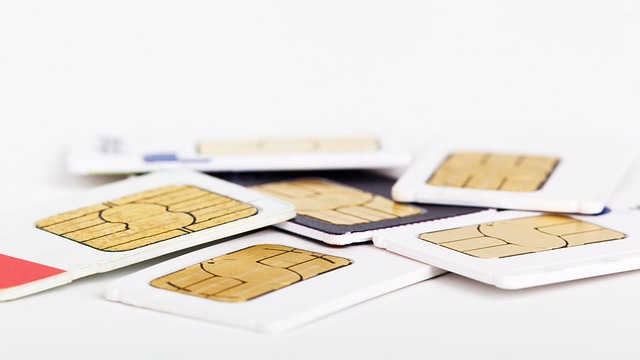
As I noted above, you have whether talking a calling plan or data plan. Generally, people take a former but if you want to ecomise by using an application for calling, a later could be your choice. The huge difference between two is that for a data plan, you can cancel a contract without a penalty whenever you want, but not for a calling plan.
Here is a comparision of calling plans between BIGLOBE mobile, DMMmobile, DTI SIM, LINE MOBILE, IIJmio, UQ mobile, mineo, NifMo, OCN mobile ONE, AEON MOBILE, Excite mobile, Smamoba, U-mobile, Rakuten Mobile, LinksMate, nuromobile, and Rokemoba (Rocket mobile) as of (in March 2019):
- 1GB = DTI SIM, LINE mobile ¥1,100 ($10)
- 3GB = Rokemoba ¥1,400 ($13)
- 5GB = Rokemoba ¥1,800 ($16)
- 6GB = AEON mobile ¥1,980 ($18)
- 10 GB = DTI SIM ¥2,800 ($25)
- 25 GB = U-mobile ¥2,880 ($26)
- 30GB = LinksMate ¥6,000 ($54)
Click here if you want to see all the prices in a table.
Next, for a data plan,
- 1 GB = DMM mobile, AEON mobile ¥480 ($4)
- 3 GB – DTI SIM, Rokemoba ¥840 ($8)
- 5GB = Rocket mobile ¥1,200 ($11)
- 6GB =BIGLOBE mobile, OCN mobile ONE ¥1,450 ($13)
- 10 GB = DTI SIM ¥2,100 ($19)
- 12 GB = IIJmio ¥2,560 ($23)
- 25GB = U-mobile ¥2,380 ($21)
- 30GB = AEON mobile ¥5,380 ($48)
Click here if you want to see all the prices in a table.
PROCEDURE TO GET A MOBILE PHONE
To get a mobile phone in Japan, you need the following. Please make sure to bring all those things with you when you go to mobile shops.
- Identification documents
- Passport + resident card, or
- Health Insurance card + credit card
- Payment method
- Credit card
- Cash card or bank book for those paying by bank transfer
- Initial costs (depends on carrier)
Depending on the duration of the validity of your resident card, some providers may refuse payment by installment and ask you to pay for the phone upfront. In addition, the card used for payment MUST have your name on it.
When you go to a mobile shop, especially in a big city, you may have to wait for hours. To avoid this, try going to the mobile shop on weekdays early in the morning. In general, it’s very crowded in afternoon.
JAPANESE APARTMENTS
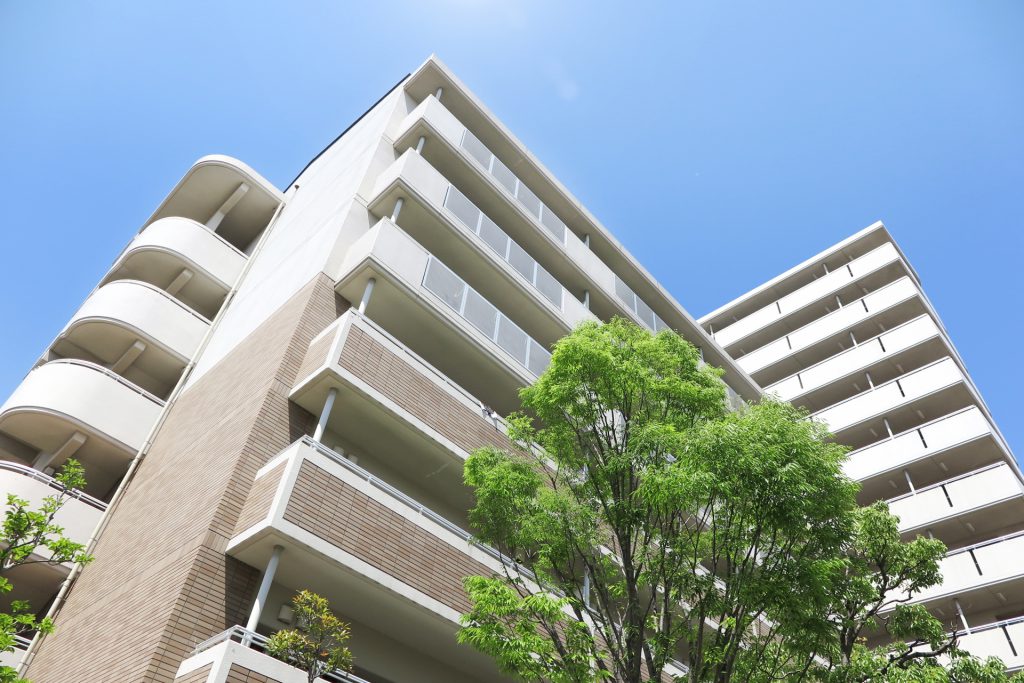
Depending on your purpose for visiting Japan, your apartment may already have been settled by your job, language school, or university. Finding an apartment from outside Japan is pretty much impossible. The good news is, most times your Japanese employer will have taken care of it for you before you arrive. If you are a student, I’d recommend applying for dorms first, and then looking for a place.
In Japanese, “apartment” is called “mansion(マンション)“. It doesn’t mean the same as a mansion in English.
Also, here are the words you may should check and understand:
アパート≒マンション (apaato; manshon) = apartment
賃貸 (chintai) = rent
分譲 (bunjoo) = condominium
PROCEDURE TO GET AN APARTMENT
This is pretty tedious for a foreigner. It depends mostly on the owner, but as a general rule, you will need a guarantor (保証人), and at least a month rent as deposit, or shikikin (敷金) in Japanese. Many ask for another month of rent as “key money”, or reikin(礼金) in Japanese, which you do not get back when you move out. In addition, you need a guarantor, who will agree to pay any outstanding fees you owe and cannot pay. Generally, your job or university will act as a guarantor. Increasingly, services provide apartments for foreigners who do not have anyone to act as a guarantor.
In general, the new apartment is always with reikin for 1 or 2 months. However, if you choose a pretty old apartment, you may have no reikin.
Most Japanese think that reikin is something annoying but on the other hand, shikikin is important. If you find an apartment without shikikin, then when you want to leave from the apartment, you may have to be asked to prepare something you damage, for example, the floor. In fact, some apartments are without shikikin so please make sure to ask an owner if you need to pay additional money at the end.
If one day you want to move to a new place as cheap as possible, try not to find it in between September to early April when so many people look for a new apartment because of transferring or starting a new life in school, therefore shikikin and reikin, or even rent could be raised. In general, in between later April and August is the best season to find an apartment with lower shikikin and reikin.
HOW YOU CAN FIND AN APARTMENT IN JAPAN
When looking for an apartment, I’d recommend finding someone fluent in Japanese to help you out. There are specialized sites to help out foreigners with no command of Japanese but they tend to be pricey.
GAIJINPOT APARTMENTS
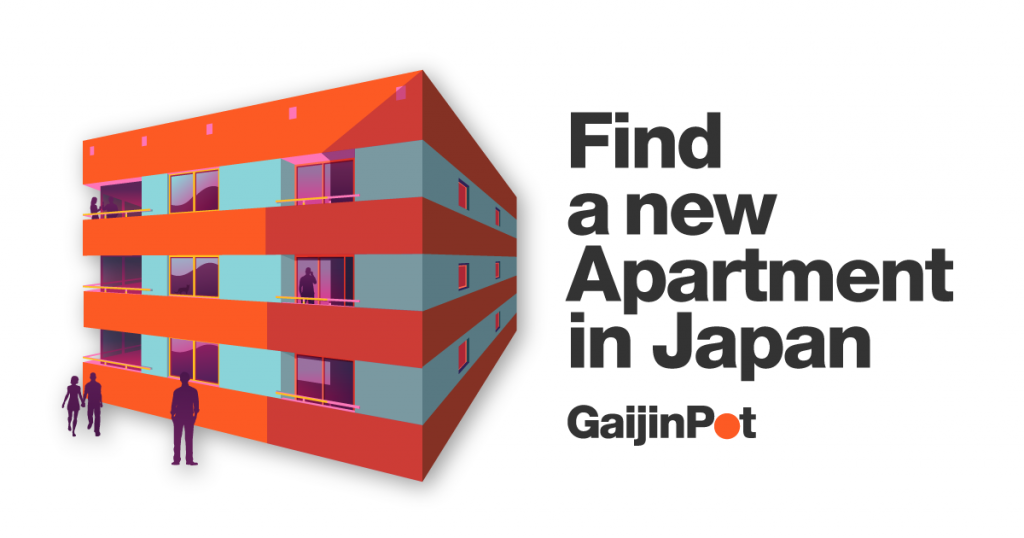
Gaijinpot Apartments is especially useful for those who absolutely want to land a place before getting to Japan. They have listings which do not require a guarantor and many which do not require key money. Some of them can be quite pricey, however.
REAL ESTATE AGENCY
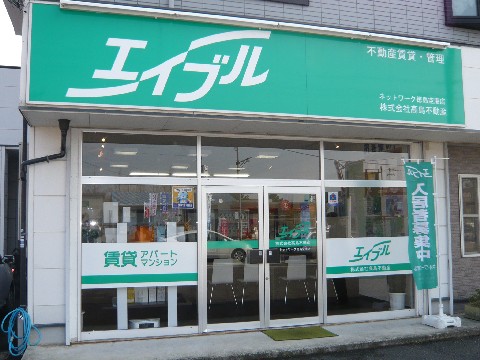
I’ve found that real estate agencies are the best way to find a place in Japan. A large percentage of apartments in Japan for rent are under the care of an agency, which means they offer more choice, and therefore cheaper rent prices. Your best bet to find a cheap apartment in Japan is to go to one. If you need accommodation for your arrival, book a sharehouse for a month or so if you’re in a major city and during that time look for a place at an agency.
SOCIAL INSURANCE IN JAPAN
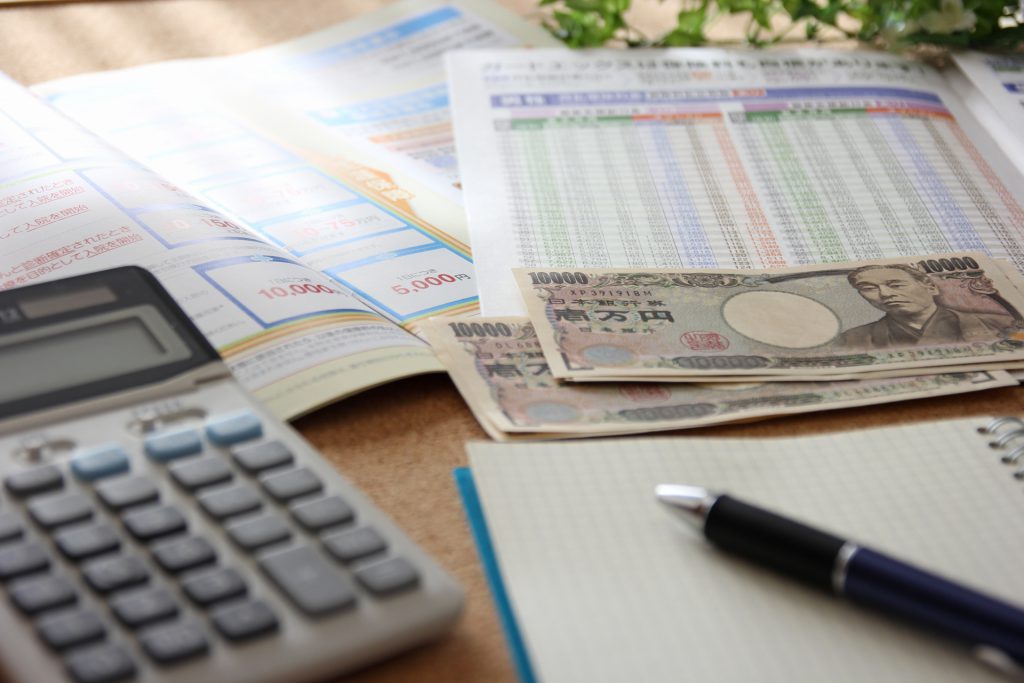
Like in most countries, Japan’s social insurance security is extremely complex, and extremely dependent on personal cases. As far as health insurance, everyone, without exception has to be covered. Those who are employed have a percentage of their salary subtracted for health coverage, and others have to apply at their local city hall to join the National Health Insurance, and pay whatever fees city hall dictates based on their income from the previous year and receive their health insurance card. The National Health Insurance covers 70% of your medical fees, and you have to pay the remaining 30% out of pocket.
HEALTH INSURANCE SYSTEM

n Japan, as mentioned above, your health insurance covers 70% of your medical costs, and the remaining 30% are paid by you. This applies only to medical services. If you would like to have “extra” unnecessary procedures, or aesthetic procedures, they will not be covered.
Unlike in some countries where you need to be referred before going to a specialist, you can go without one. However, note that you cannot simply go to a general hospital. You can, but they will charge you extra, even more if they are a university hospital.
First, go to a private clinic, unless it’s an emergency. Hospital’s priority is to take care of serious conditions, not of the common cold. If you need a more thorough look at, the clinic will refer you to a hospital, at which point you won’t be charged extra.
If you have any outstanding medical fees in Japan, you will be denied entry to the country next time you come visit.
MY NUMBER (INDIVIDUAL NUMBER) CARDS
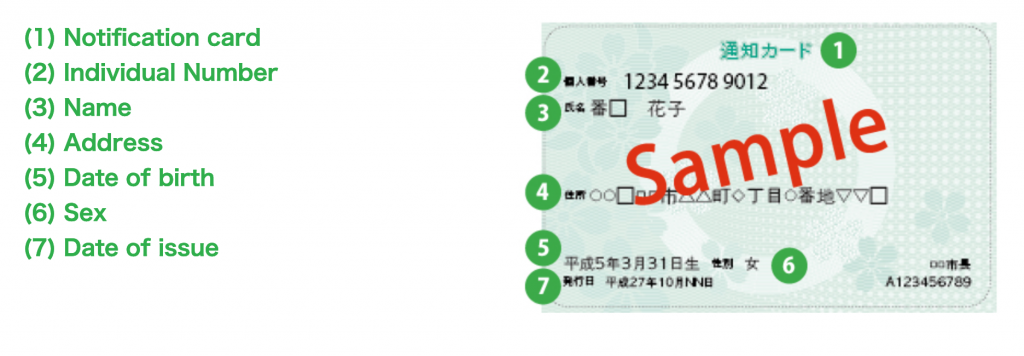
This is a relatively new system starting only a few years ago. Due to an uprising in identity theft and, they’ve implemented these social security cards called My Number (マイナンバー), although its official name is Individual Number. You will generally only use it when filing taxes. In addition, money transfer services like Western Union require your My Number notification card (Individual Number notification card), or My Number card (Individual Number card) if you have one.
You can just have a simple paper type (The notification card) or apply for one with your face that is laminated. You can then use this as another form of ID when going out or when you need two forms of ID, like when purchasing a phone. You will have to register for it by mail or online. After you register, your city hall will send you a letter saying that you can pick up your card (I think this is only when you apply for the laminated card), the regular paper one will be sent by mail. Your MyNumber card is valid until your 5th birthday after the date of its publication if you’re under 20, and until your 10th birthday after the date of its publication if over 20. Remember, you must also change the address on your My Number card when you move, this is usually done automatically by the city hall. If you would like more information, click on this link.
ADVANTAGES OF HAVING A MY NUMBER CARD
While simply having the My Number notification card is enough for the basic purporses of the individual number, applying for the My Number card does have certain uses.
- It allows you to use convinience store automated machines to print out certain official documents (certificate of residence, for example).
- It allows people like business owners and freelancers to file tax returns online.
- It gives access to Mynaportal a governmental online service through which one can apply one to parenting related services.

Starting March 2021, the My Number card will replace the current National Health Insurance card.
Note: When you move to a new address, the same as with your residence card, you need to change the address on your My Number card.
JAPAN NATIONAL PENSION SYSTEM

All residents aged 20 to 59 must be covered by the National Pension system (年金). They are categorized as self-employed and students, dependents, and salaried workers and government employees. This is normally taken care of by your employer. Students must go to their local municipal office and apply for an exemption. In 2018, the contribution is ¥16,340/month, this amount varies every year. Checkout this link for more information.
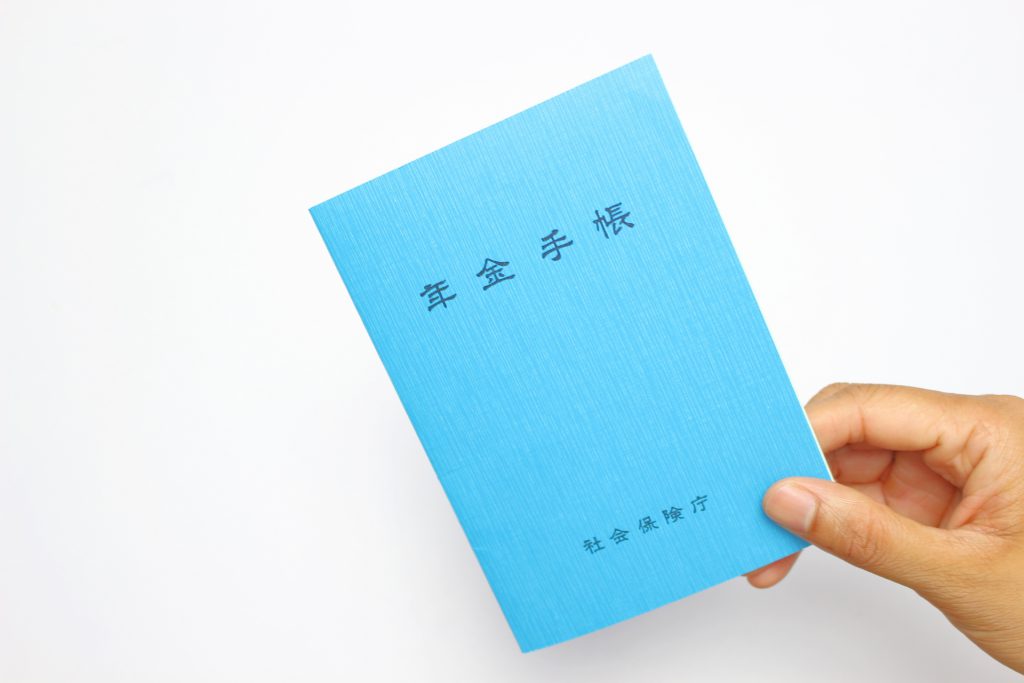
The pension system in Japan is similar to most countries’. While you are working you fund the pension based on your salary, and when you retire you receive pension benefits. Pension in Japan is a bit of a touchy subject because of the current economic and aging situations of the country. Japan is rapidly aging, meaning the number of workers needed to fund retirees’ pension is decreasing, and those currently paying are worried once they are retired, they will no get the benefits they paid for.
OPTIONAL: GETTING A PERSONAL SEAL (INKAN/HANKO)
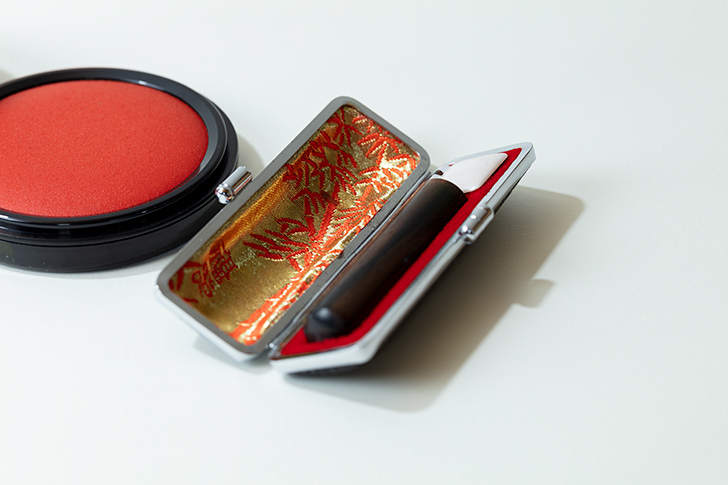
In Japan, by default, signing documents is done with a personal seal, and not by hand singing. All Japanese adults have a personal stamp, called inkan(印鑑) or hanko(はんこ), sometimes multiple, ranging from very official, to receiving deliveries.
Getting a hanko is a pretty quick process. There are thousands of shops throughout Japan where you can order a personalized one, based on your name. It can be done in Katakana if your name is not written in Chinese characters. Hanko shops are oftentimes bound of locksmiths.
If you’d like to use your hanko for very official situations like buying a house, you’ll need to register it with your city hall. If you’d like to use it at the bank, simply, you’d register there, and you’d be able to use it for bank transactions. If all you want to use your hanko is mundaine things like receiving deliveries, you can simply get one done, and use it without registering it.
Unless you are planning on buying a house or a car/motorcycle. Even in these cases, under the law, signatures should be allowed. However private dealers might not be aware and require one anyway.
In nearly 5 years in Japan, I’ve never had to use one for any procedure. Getting one isn’t too big of a hassle, but in my opinion, you might as well not get one.
QUALITY OF LIFE IN JAPAN
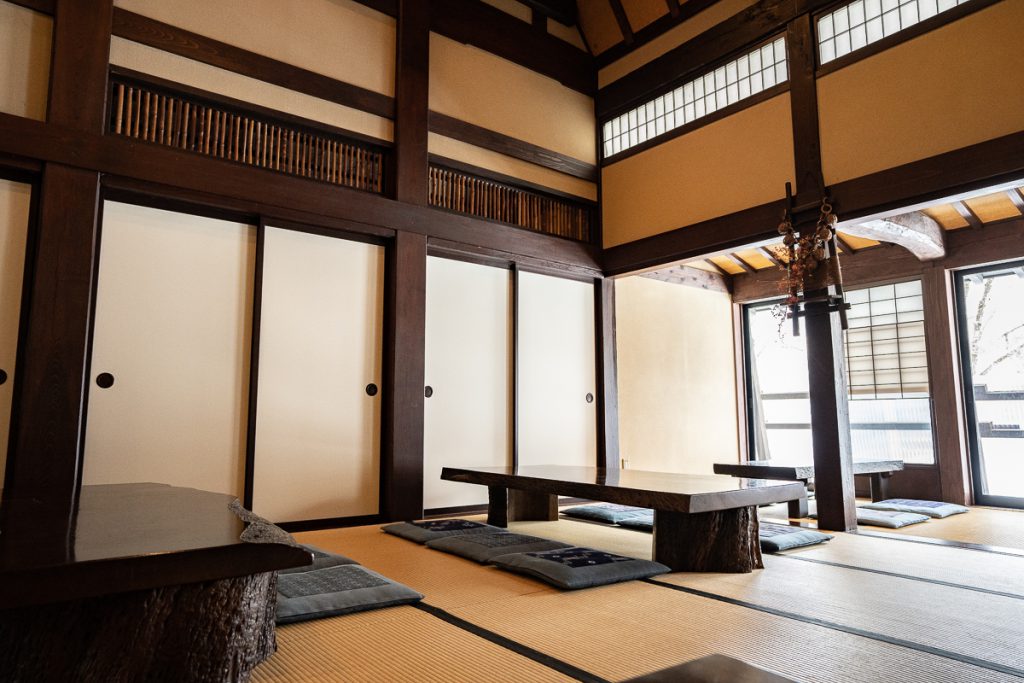
As far as by OECD standards, quality of life in Japan can be hit or miss. Japan is well above most countries when it comes to income, education, personal security, environmental quality, etc. However, it ranks below average in terms of civic engagement, work-life balance, and subjective well-being. Overall when asked to rate their general satisfaction with life, the Japanese gave a 5.9 grade, while the OECD average is 6.5.
Living in Japan means you’ll have access to some of the best health-care and job security in the world. However, it oftentimes comes with heavy work hours, and lack of social well-being. This however applies mostly to the Japanese. Foreigners in Japan tend to avoid some of the issues the Japanese suffer from because they are not expected to work the same hours as Japanese workers, and are seen less negatively when they decide to take holidays, probably because it’s considered they need to go home to see their families. In addition, long work hours, even for Japanese workers are not as big a problem they once were. The government has worked somewhat effectively to crack down on companies making employees work overtime. I have many Japanese friends working who’ve never had a single hour of overtime.
UTILITY COST IN JAPAN
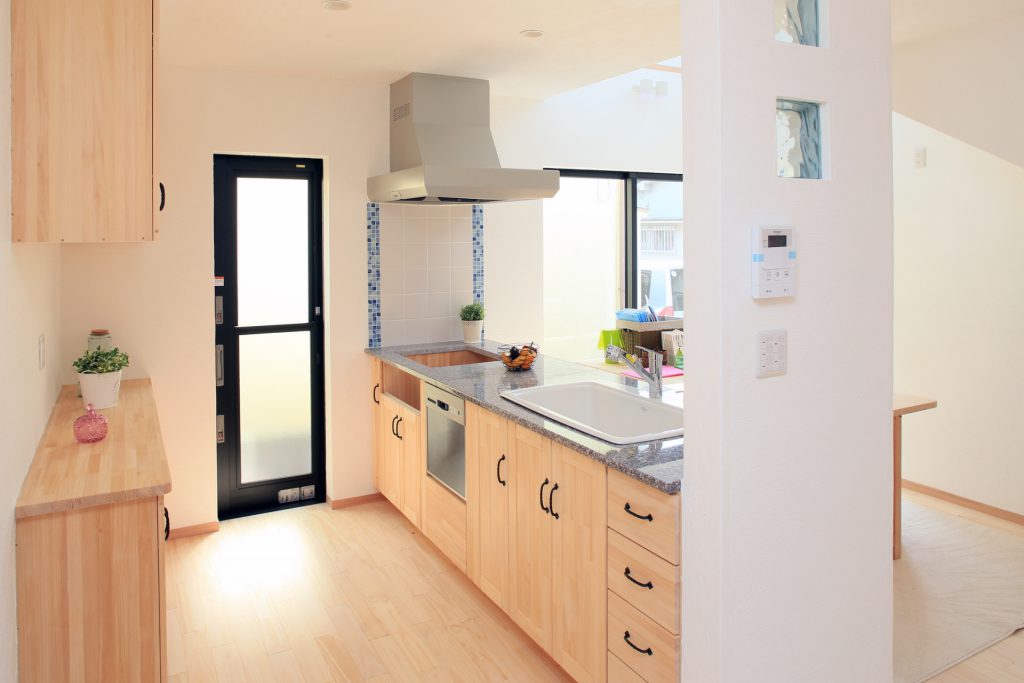
Unless one of these is covered by your rent, you generally have to pay for water, gas, and electricity. Note that most apartments do not have central heating, and that will be part of your electric bill, not your gas bill.
For the payment method, generally, you have three choices:
- Pay by transfer forms at a Convenience store or ATM
- Pay by direct debit
- Pay by credit card
For 2 or 3, you need to submit a paper to subscribe but once it’s done, you won’t have to worry about manually paying, which is a lot less stressful.
ELECTRICITY

In Tokyo for example, the major company for electricity is Tokyo Electric Power Company (TEPCO). If you want to save a bit on the fee, there are smaller companies which handle electricity, in the same way as minor phone companies are lowering the price for phone plans.
The price of electricity in Japan is higher than in the US, and most of the world, but is still lower than most E.U countries.
The voltage in Japan is 100 V, whereas in Europe and Australia it’s 220 to 240. This means appliances you bring from there will not work. Most appliances from the US will work, as the voltage is similar. Checkout the link below for more information.
WATER
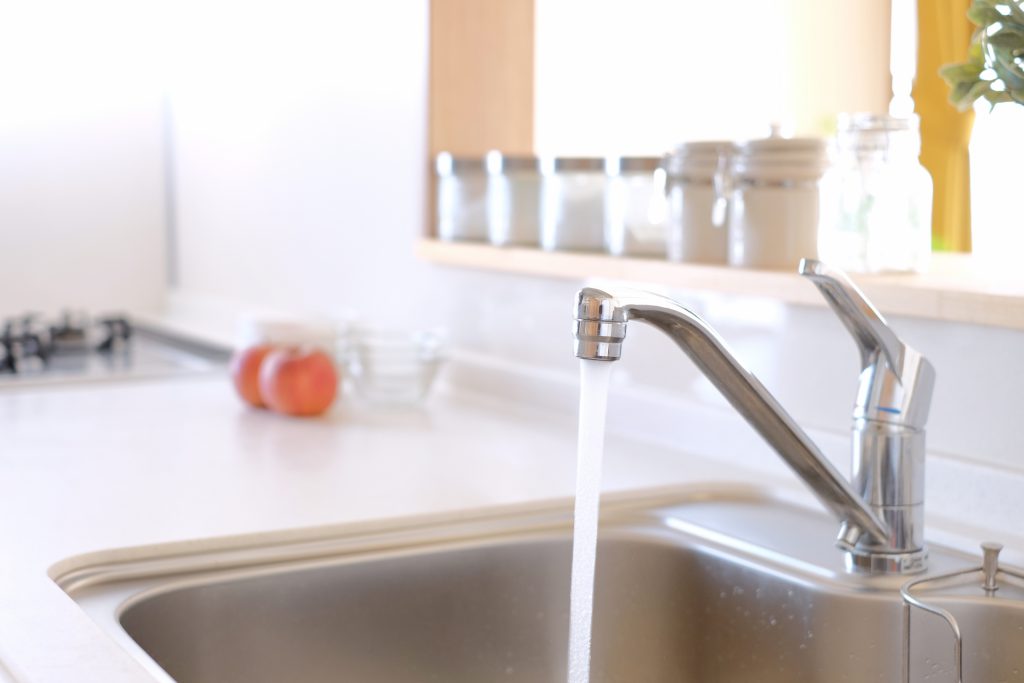
When it comes to water, you don’t really have a choice. Whichever group is responsible for your city is all you get. In Tokyo, it’s the Tokyo Metropolitan Government.
GAS

In most places, you generally have the city contracted gas company, or LP Gas. In Tokyo the city gas company is Tokyo gas. Tokyo Gas (東京ガス) is generally the preferred option. So much so that when people look for apartments, they make sure it’s serviced by Tokyo Gas, rather than LP.
City gas (Tokyo Gas, in this case) is methane gas supplied by the city through their pipeline infrastructure, because of this, only major cities with the means to have this infrastructure will have this available. On the other hand LP gas is liquid petroleum and will be provided in the form of huge gas tanks on the side of the apartment building.
Besides the price, there are a few differences. Petroleum (LP) has twice the heat value of methane gas (city gas), and less prone to accidental combustion.
If your apartment is without a gas stove and you needs to buy one, make sure to check whether it’s for Tokyo gas or LP gas. As they are compatible with one or the other. You can find a gas stove in most housewares shops as well as in electronic shops like Nojima.
INTERNET

Choosing an internet service is pretty tough, even for Japanese people. There are too many choices. There are companies that provide the line and act as the service provider then there are agencies that act only as service provider. Even though the line doesn’t change, the price or campaign is different.
When you want the internet, the first thing you need to check is if there is already an internet at your apartment (house). Then you need to think if you use a lot of internet or not.
When looking into getting an internet connection at your house or apartment, first you need to check whether there might already be a line installed. Then you should consider how much you’ll use the internet, over how many devices, etc.
In an internet network, there are 2 types: fixed-line which is with a wired line and mobile line with a no-wired line. In general, people take the former of “optical fiber (光回線)” which have a great connection and security. The ADSL is also with a wired line but this is the old one and no benefit except cheap price, no one recommends it. Recently no-wired line catches up the stability but compared with the optical fiber, they cannot overcome.
There two types of internet networks to choose from: Fixed line, or mobile line. Fixed lines have a physical wire connected to your building. Those include optical fiber and ADSL. In this day and age, optical fiber is the preferred options. Mobile lines do not have a physical connection and can be moved around and carried. Though they are becoming better, they are nowhere close to the speed and stability of optical fiber.
When you want to choose internet service, please make sure
- Whether you need a line built or not
If you do not, then all you need to do next is to choose the internet service. However, if you do need to have a line built, it will cost a lot. In general, you don’t have to pay all of it at once but during a period of a couple of years with the internet’s monthly cost. The price is also determined by whether the company sees the potential for future costumers in the apartment building.
The cost of the line construction depends on which internet service you have chosen but normally it costs around ¥15,000 – 40,000. This cost is higher if you live in a house, not in an apartment.
Talking about internet service, some are free or virtually free (実質無料) with a contract, however, there is a huge difference between them. Free means free. On the other hand, virtually free means each month there is a discount and over your contract, which normally lasts two years, it’s free.
- Whether there is a cancellation fee or not and the period of your use
In general, the contract goes on for two years so if you are unhappy with the internet service and want to change, in most of the cases you have to pay a cancellation fee. Even if the line construction is free or virtually free, you may lose money, depending on the period. So make sure you know how long you want to use the internet service for. For example, if you’re student and need internet for a year, you’d better not to have a contract for 2 years otherwise you have to pay a high cancelling fee and the remaining amount of line construction at once when cancelling.
- Whether there is a “cash-back campaign (キャッシュバックキャンペーン)”
You’re maybe not familiar with cash-back campaigns but it’s pretty standard in Japan. As it’s written, this is a service for which you can get money back. For example, at Nuro Hikari now it’s ¥35,000 back (March 2019).
When you chose the internet service, you must subscribe in the campaign page, not on the official website. This is very annoying but important. How to find it? Just the type of the name of the internet service and then type “キャンペーン” ( campaign). For example, “Nuro Hikari Campaign”.
* Mobile line ≒ you can use it outside too.
* Y mobile is no recommended because of low performance speed and high canceling fee.
* Sometimes the payment period of the line construction and contract period are not the same.
OPTICAL FIBER
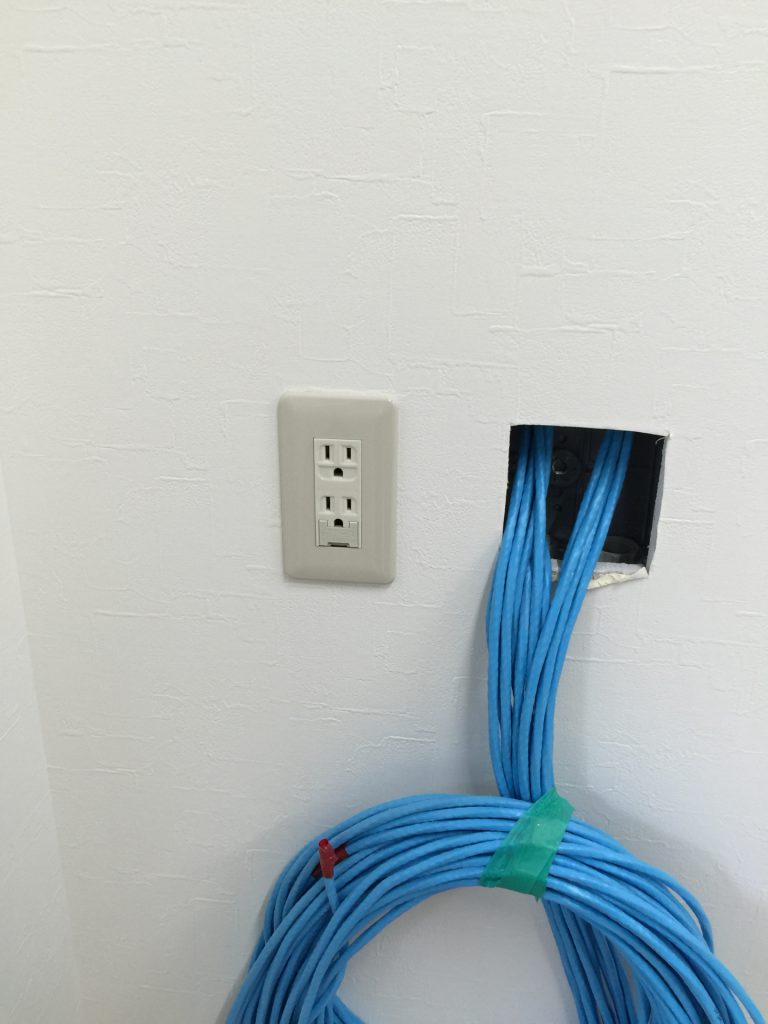
Optical fiber provides you the most stable, fastest, most secure internet. If you want the highest speed possible, you should get that.
Here is a list of the most popular internet services which provide fiber optics.
- Nuro Hikari (Only in Japanese)
- So-net Hikari (Only in Japanese)
- DTI Hikari (Only in Japanese)
- au Hikari
- Docomo Hikari
- Softbank Hikari (Only in Japanese)
- Plala Hikari (Only in Japanese)
- Dmm Hikari (Only in Japanese)
- Flet’s Hikari East / Flest’s Hikari West
*depending on the area where you live
The cheapest service is Nuro Hikari.
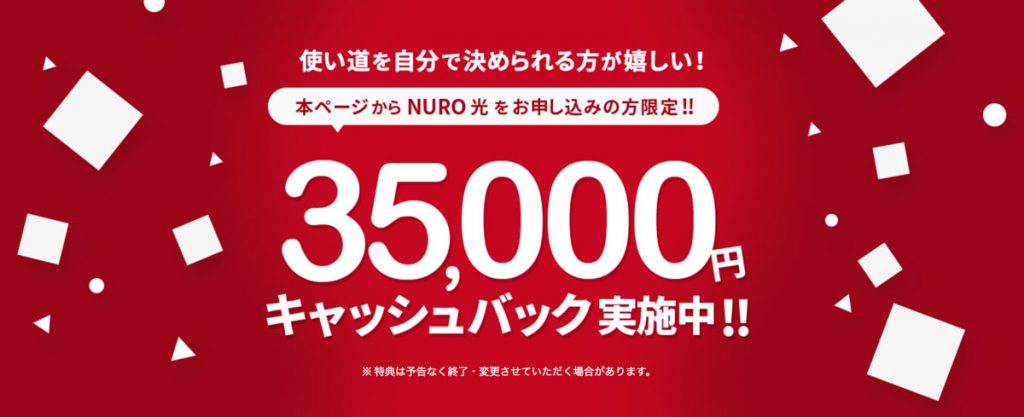
monthly cost: ¥4,743 ($43)
expense charge: ¥3,000 ($27)
line construction: virtually ¥0 ($0)
canceling fee: ¥9,500 ($43)
contract period: 2 years ($85)
cash back campaign: ¥35,000 ($314)
*The contract itself lasts two years but the payments for the line construction are done over 30 installments.This means if you had a line built, but end you contract after two years, although you won’t have to pay for the cancellation fee, but you will have to pay for the remainder of the line construction fee, which should be six months (¥1300 x 6 = ¥7800). On the other hand, if you have finished paying for the line construction after 30 months and want to terminate the contract, you only have to pay the cancellation fee (¥9,500). In conclusion, unless you paid some of these fees ahead, you need to use Nuro Hikari for over 30 months and terminate the contract on the renewal month (48th) to not have any outstanding fees at the time of cancellation.
As I mentioned above, you have to click this campaign link to have a cash back, not from the main page. Unfortunately, this web site is only in Japanese so please refer to this page which explains the steps.
However, the service area is very limited. It’s available only in Tokyo, Kanagawa, Saitama, Chiba, Ibaraki, Tochigi, Gunma, Aichi, Shizuoka, Gifu, Mie, Osaka, Hyogo, Kyoto, and Nara (March 2019).
HOW TO CHOOSE AN INTERNET SERVICE
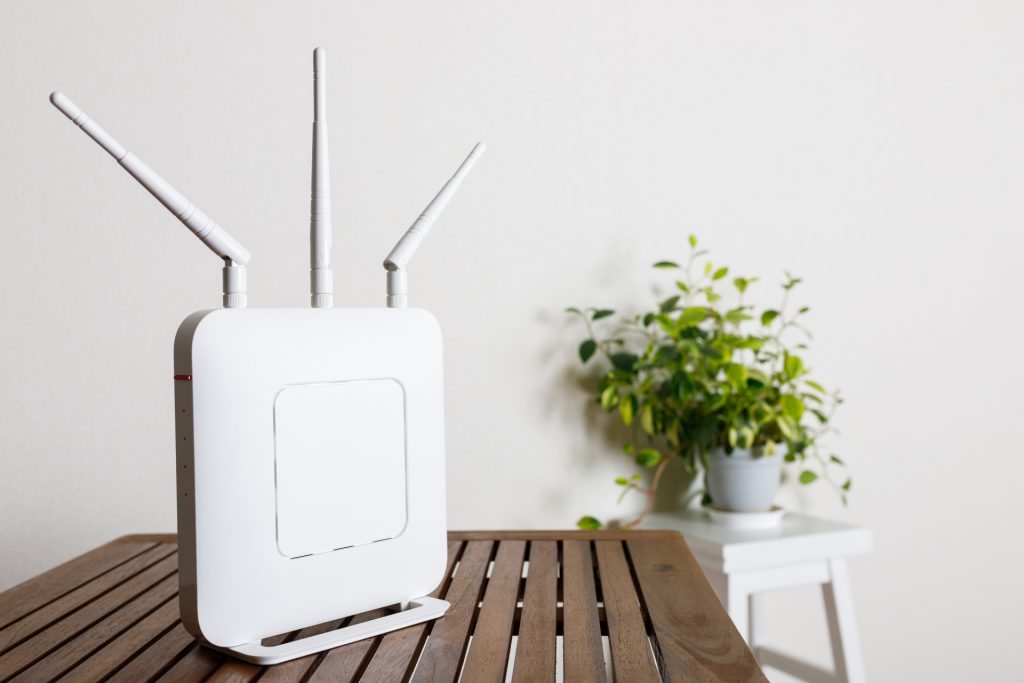
It’s pretty hard to say which internet service is the best because it really depends on the region where you live. A specific service may work for you but not for others. It is important to think about the cost and the speed as you might need to keep using it because of the canceling fee, even if you are dissatisfied.
In a way, choosing an internet service is a bet. The best you can do is ask the neighbors, and check what they’re using and if it works for them. And if it’s possible, ask a Japanese speaker to help you find the best campaign for you. Again, there are too many agencies who provide the services with different campaigns and it can be hard figuring it out if you don’t speak the language.
In conclusion:
- If you want to have a stable internet with the fastest speed as cheap as possible = Nuro Hikari
- If you want to use the internet at home and outside = WiMAX (JPWiMAX (Only in Japanese) / BroadWiMAX (Only in Japanese) / GMO Tokutoku BB / So-net / Asahi Net / au / UQ Communications . WiMAX is essentially just a different wireless technology.
- If you move places a lot and don’t want a line construction each time= SoftBank Air (Only in Japanese)
LANDLINE PHONES
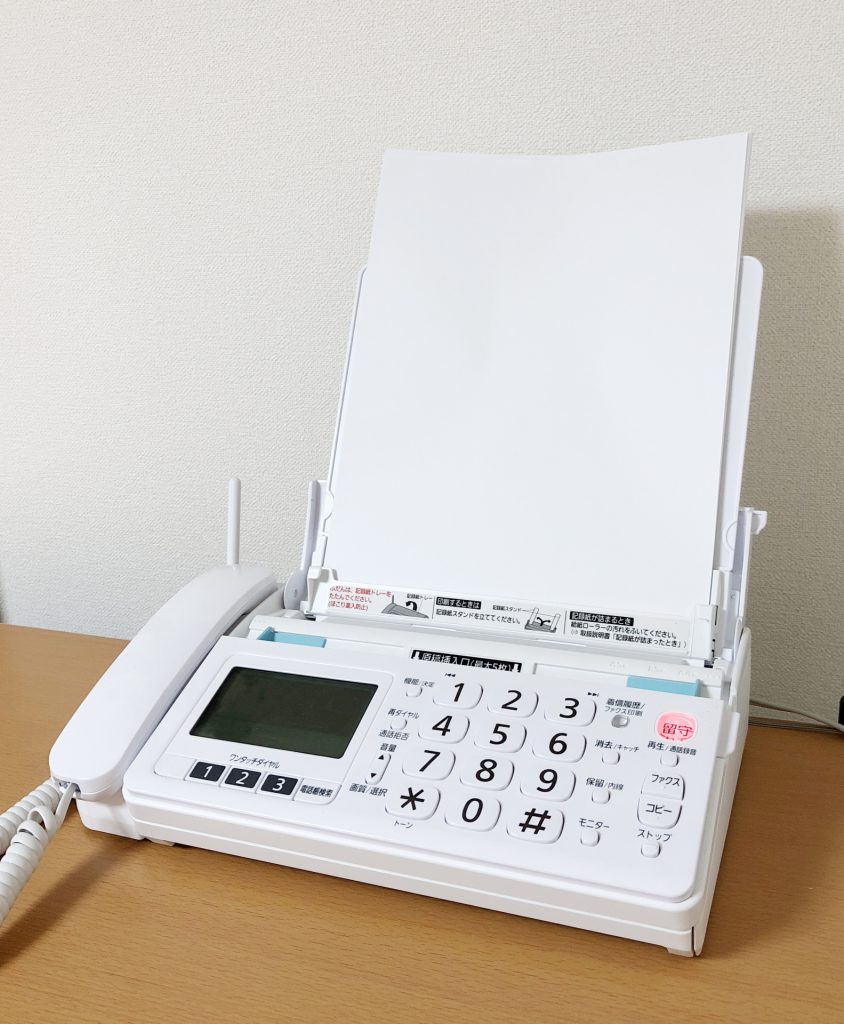
Nowadays people use landlines less and less and use the mobile phone more and more. You likely don’t need one. But if you own a company, you must have one for trust of authenticity. Furthermore, calling by landline is cheaper than by mobile phone.
In general, many landline phones come with fax like the picture so if you use fax, it would be helpful. Most people have a contract with the internet so if you want to have a landline at home, you’d better check your internet service first to find a promotional combined plan.
TV
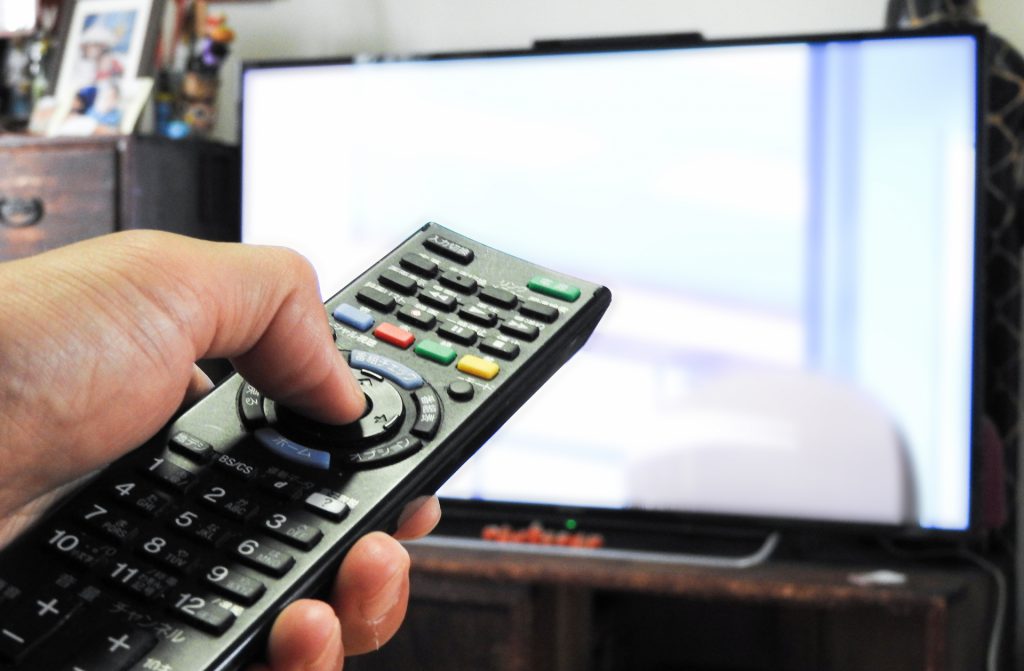
If you have a television at home and it is plugged into the terrestrial or satellite receiver, you must sign a contract with NHK called the Broadcast Receiving Contract, and pay a fee.
The price depends on how long you decide to pay at once (two months, six months, twelve months), the payment method (standing order, or postal order), and on whether it’s a satellite or terrestrial connection. Click here to figure out how much you need to pay, and for the contact information to arrange the payment.
Note: As long as your TV is plugged in, it does not matter whether you’ve never used it, or use it everyday. You have to pay.
JAPANESE LIFESTYLE HABITS
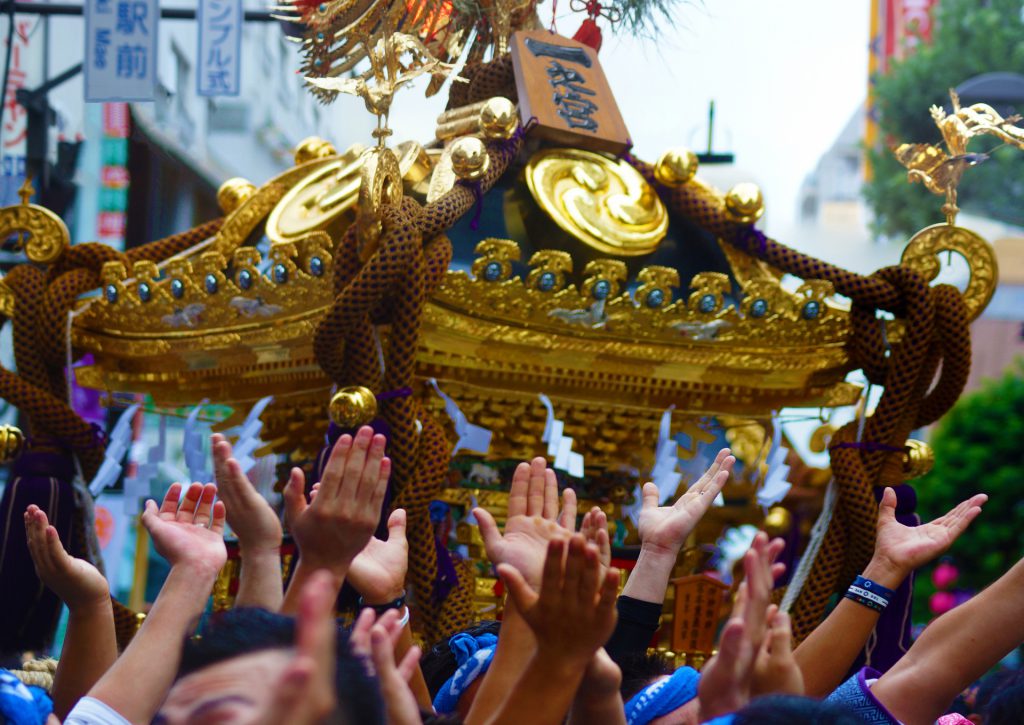
Although Japan is not an entirely different planets, it is a country which has been almost fully isolated for centuries, and developed customs which are not obvious to others.
BOWING
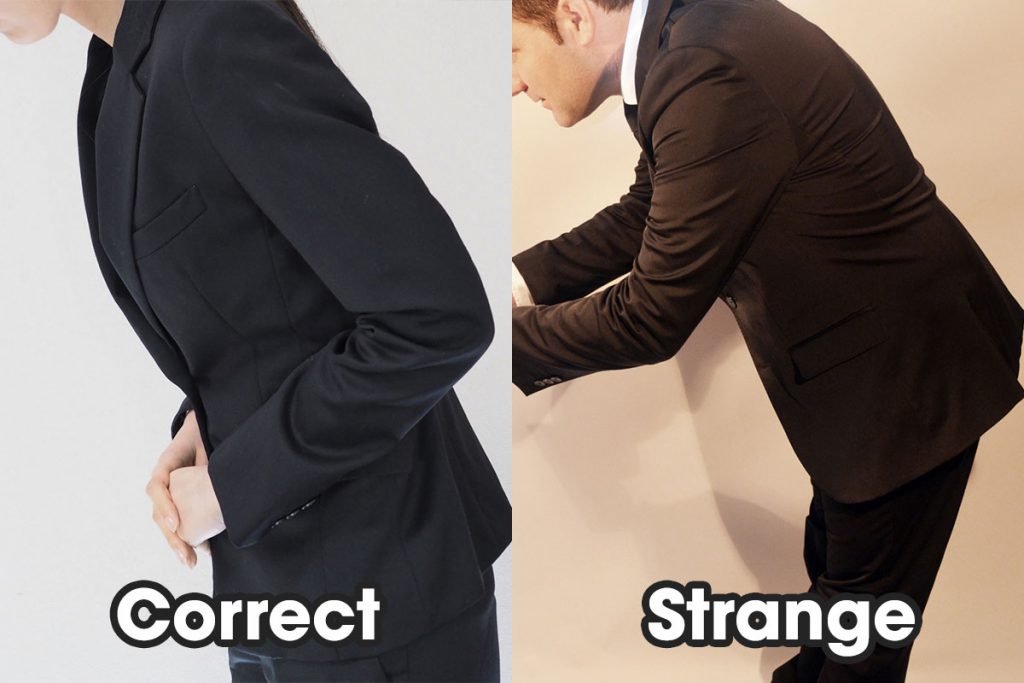
If you’re a foreigner, you are not expected to bow but if you’re confident bowing like the Japanese, go for it. Being able to bow properly and gracefully is seen as elegant, and the opposite is often perceived as immature, when a Japanese does it. Foreigners tend to bow too low which is actually strange, so bow slightly. If you are not sure how to bow properly, or just don’t want to, just do slight nod with your head, that’s more than enough.
CHOPSTICKS
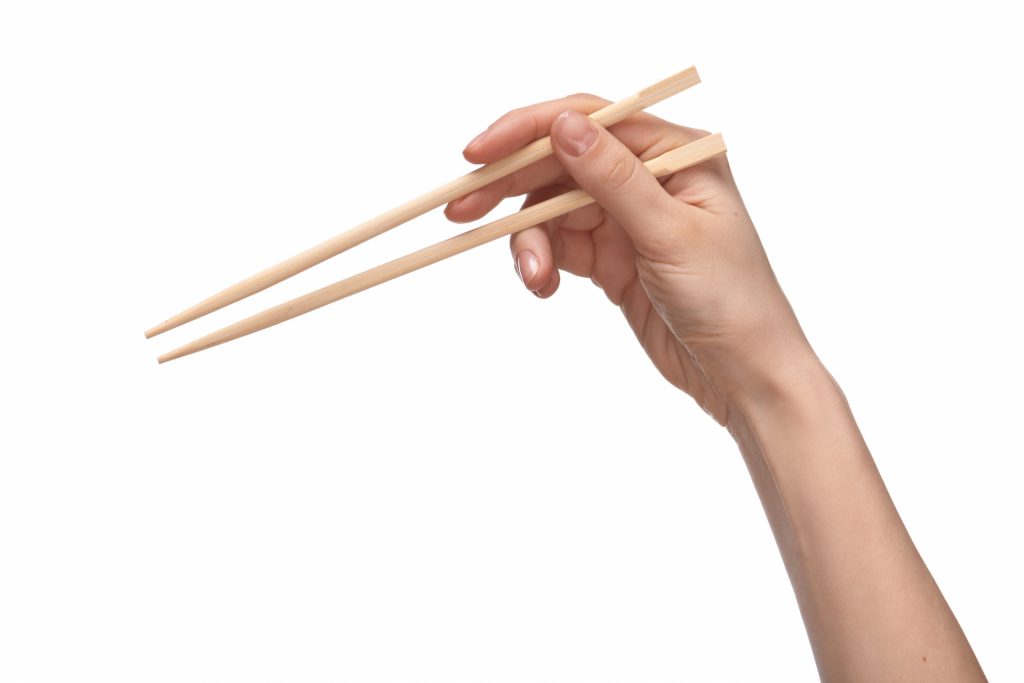
There are many etiquette rules when using chopsticks. Do not pass food from your chopsticks to someone else’s chopsticks. If you want to give someone food, put it on their plate. Do not point with your chopsticks and do not lick your chopsticks.
TRAIN/SUBWAY
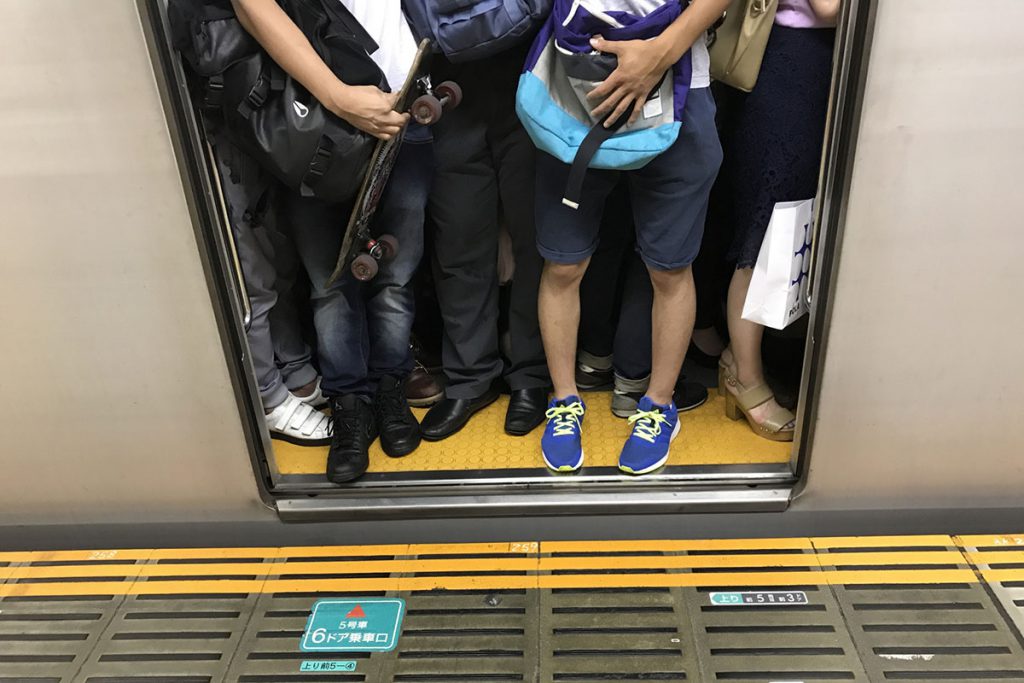
Do not make phone calls while on the train or subway. Needless to say, no chat/video-chat in a loud voice either. When entering, stand by the side and leave space in front of the door then wait for people to come out first, then get inside. In the early morning, some wagons are women only so if you are a man and notice your are alone surrounded by women, you might want to check on the door or window if you’re allowed there.
HOUSES
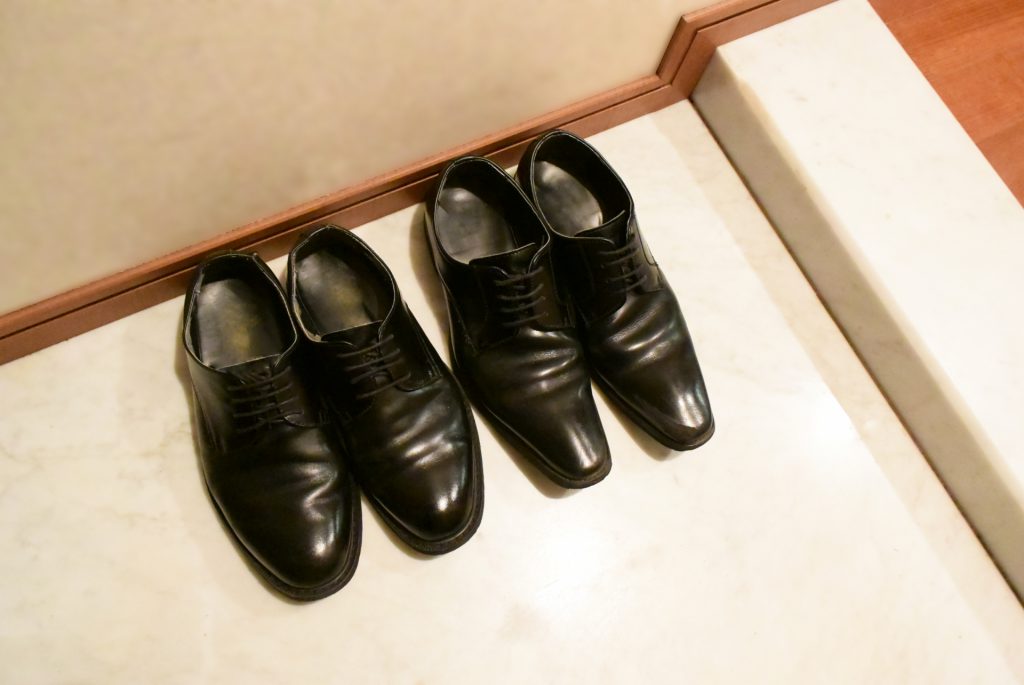
Take off your shoes at the entrance, like in most countries. Once you take them off, put them at the corner of the entrance and align them like on the picture above. It’s considered polite to bring fruits or pastries when visiting someone.
BICYCLES
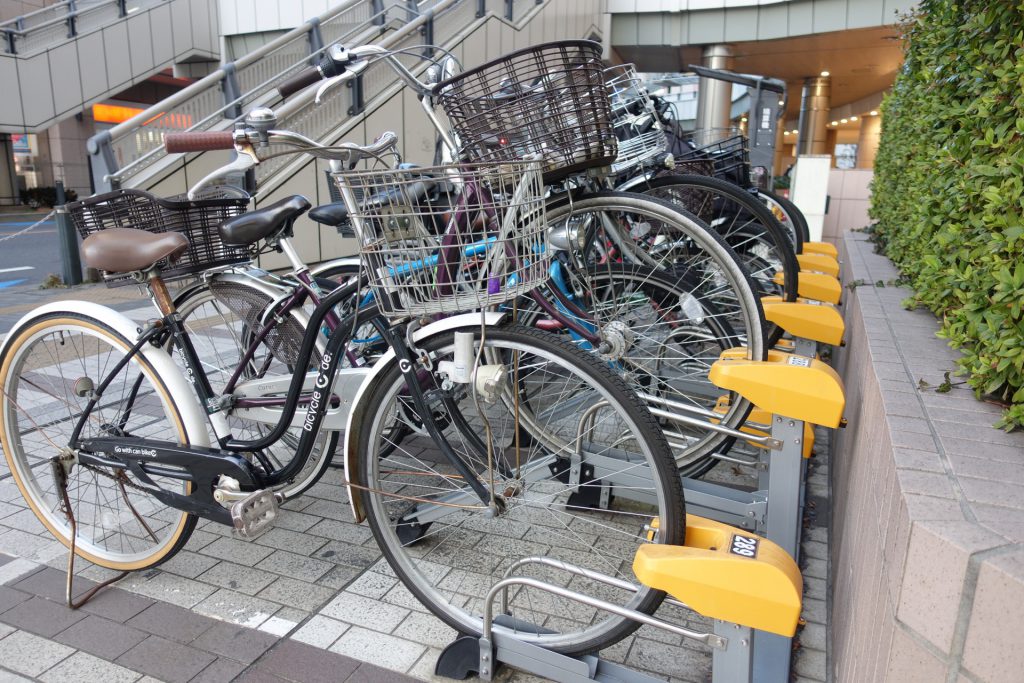
Bicycles ride on the road with cars. If you must bike on the sidewalk, ride on the outer side of the sidewalk closer to the road, the inner side is for pedestrians. Use your bell if and bow if you’d like to signal to someone you are trying to pass. Especially in a big city like Tokyo, you cannot leave your bicycle wherever you want. It’s strictly prohibited. Make sure that you park your bicycle in a designated parking area. If you park legally, street patrol may confiscate your bike, for which you’ll have to pay a fine of ¥3,000-5,000 to retrieve it.
TIPPING
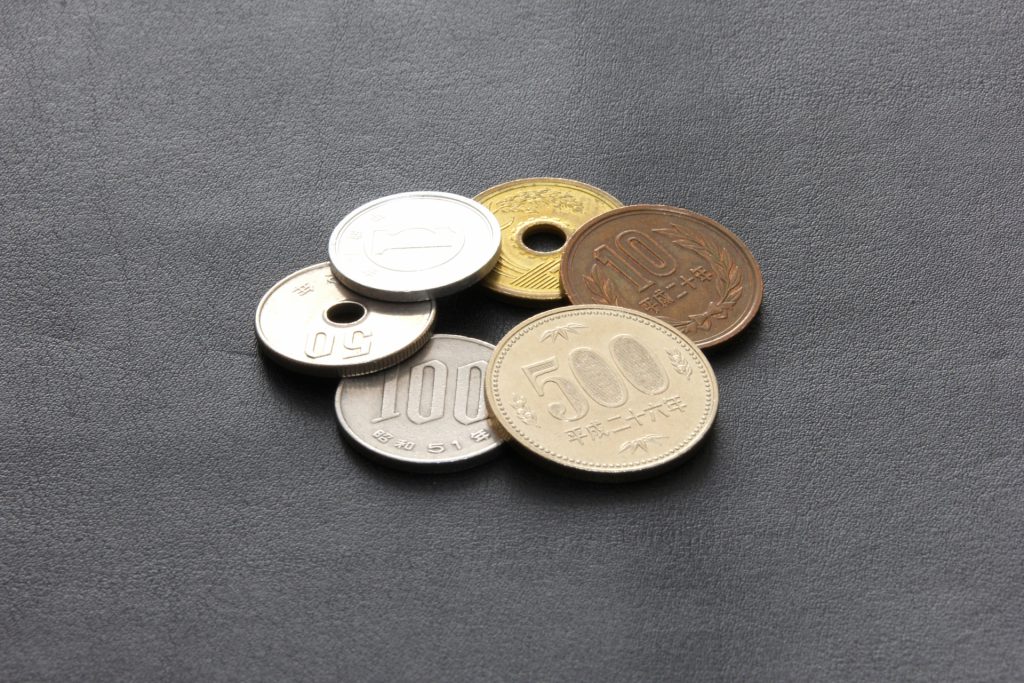
Do not tip.
JAPANESE LANGUAGE
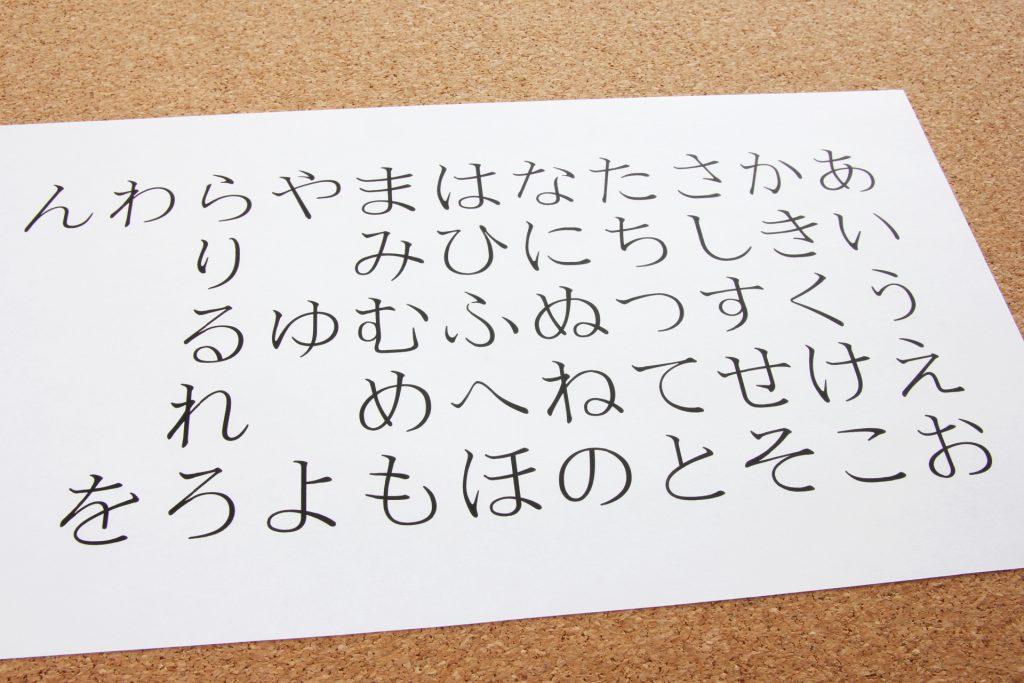
While speaking Japanese will make your life significantly easier, you can survive as long as you speak English, and are patient. Most people will know at least very basic English keywords. If you use that, plus the limited Japanese you will have picked up, and a bit of sign language, you can go far.
If you aim to work in Japan, please check out the JLPT exam which is the standardized test to certify Japanese proficiency, and try to pass it.
WORK/SCHOOL HOURS
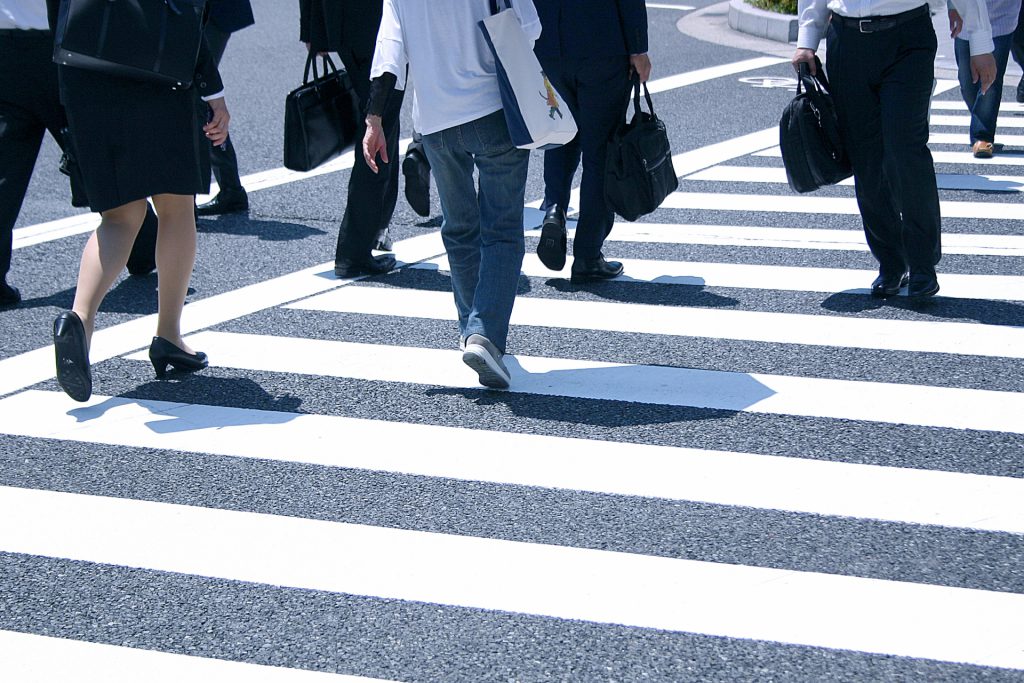
In general, most people will be up by 8 a.m. and start work or school by 9 a.m. or 10 a.m. Work or school generally end by 6 p.m. This, of course, varies depending on the job. However try to respect those hours, especially when it comes to making noise in your apartment. Your neighbors may be sleeping for work in the morning. In fact, Japanese tend to be out of the apartment when the baby is crying too much at night, staying in a car for a while for example. Also, the beginning of work or school (for new workers ) is in April (or rarely in September). Because of this, birthdays are counted from April, not January
CHARACTER OF JAPANESE PEOPLE
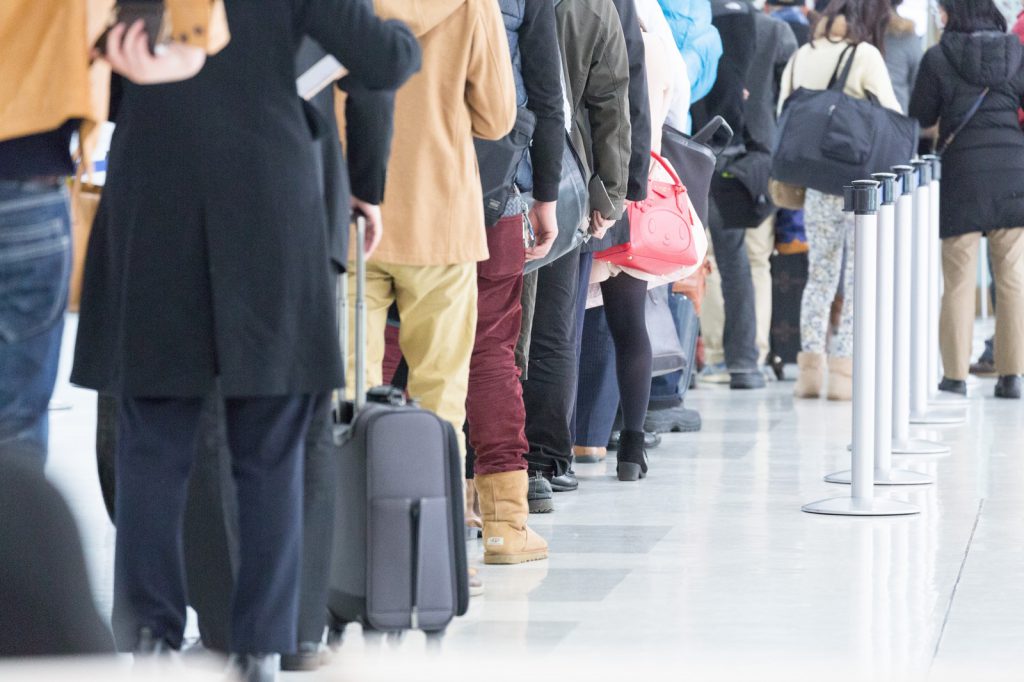
Japanese people are not so different from us. In fact, they are pretty much exactly like us. However, there sets of customs and conventions which are considered apropriate in Japan, which they sometimes abide by in an almost zealous fashion. Directness is usually deemed inapropriate in Japan. When a Japanese would like to share his opinion, especially when it is about someone and has a slightess possibility of hurting, they will say in indirectly. They’ll find a way (often failing to as a result), to phrase it in a way that will not be hurtful. In addition, they avoid saying no. If you ask something of a Japanese, and they seem hesitant and say things like: “I don’t know”, or “maybe”. They likely mean no.
In addition, overdisplaying emotions is also not considered ok in Japan. It is often thought to be immature, as adults, they believe, should be able to control their emotions at all times and be cool headed.
PROCEDURE TO STAY IN JAPAN
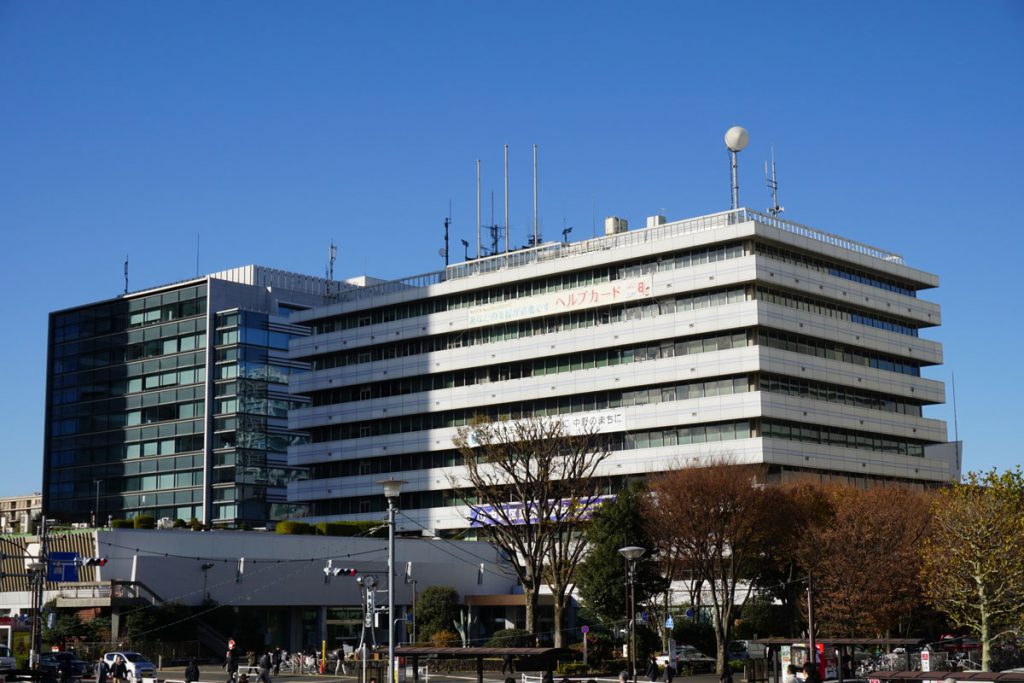
Three months before the end of the validity of your stay, you’re allowed to apply for an extension. As the status of your residence itself is highly dependent on your personal circumstances, so is the extension of your stay. If you are remaining on the same status as your initial stay, provide documents proving your status (school certificate, work contract, etc.). If not, you’ll have to apply for a new status based on your new circumstances.
The list of required documents for the application varies on the individual, but here are those necessary regardless of the case:
- The application form for your specific purpose of entry (1x)
- A 4 cm x 3 cm photo (1x)
- Supporting documents (see this page for details)
- Passport and residence card
- 4000 Yen (~35 USD), in the form of a revenue stamp.
Note: Documents submitted will not be returned. make sure you submit official copies.
Take all these documents to immigration office responsible for your area. Depending on how many people it serves, this may be a quick and easy process, or a slow, dreadful one. The Tokyo Immigration Bureau in Shinagawa has massive lines, which can last for hours, and once the application is done, it may take a month or more for your new residence card to be issued. Bureaus in less dense areas are a breeze, however. All can be done in a matter of 30 minutes, and you’ll receive your new residence card within a couple weeks at most.
Find your immigration bureau here.
WHAT YOU NEED TO DO WHEN YOU COME TO JAPAN TO LIVE
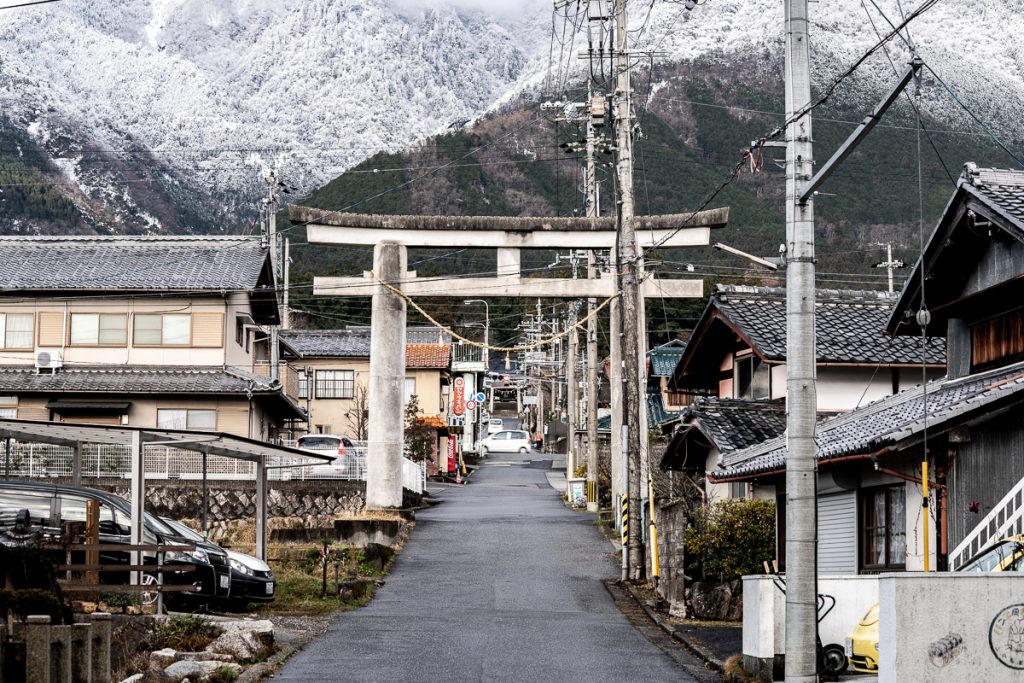
As soon as you move to Japan there are a few things you NEED to do to be in order. As soon as you go through immigration at the airport, your residence card will be handed to you. Within two weeks of arrival, you need to go to your city hall and register for both your MyNumber, and for the National Health Insurance, and pension (if necessary). In addition, you will need to bank account and a working cell phone. The bank account requires a working cell phone number, while getting a cell phone also requires a bank account in certain cases. In this case, you’ll want to make a friend with a number you can borrow, open up a bank account, then get a cell phone. These are the things you need done in order to get anything else done. Most services in Japan require a cell phone, and a Japanese bank.
Summary:
- Pick up your residence card at your landing point (immigration will hand it to you).
- Open a bank account (check with your company or school which they prefer).
- Go to your city hall ASAP (within two weeks) to register for the National Health Insurance, pension, and My Number.
- Get a cell phone (or sim card for the cell phone you’ve brought, if it works in Japan).

